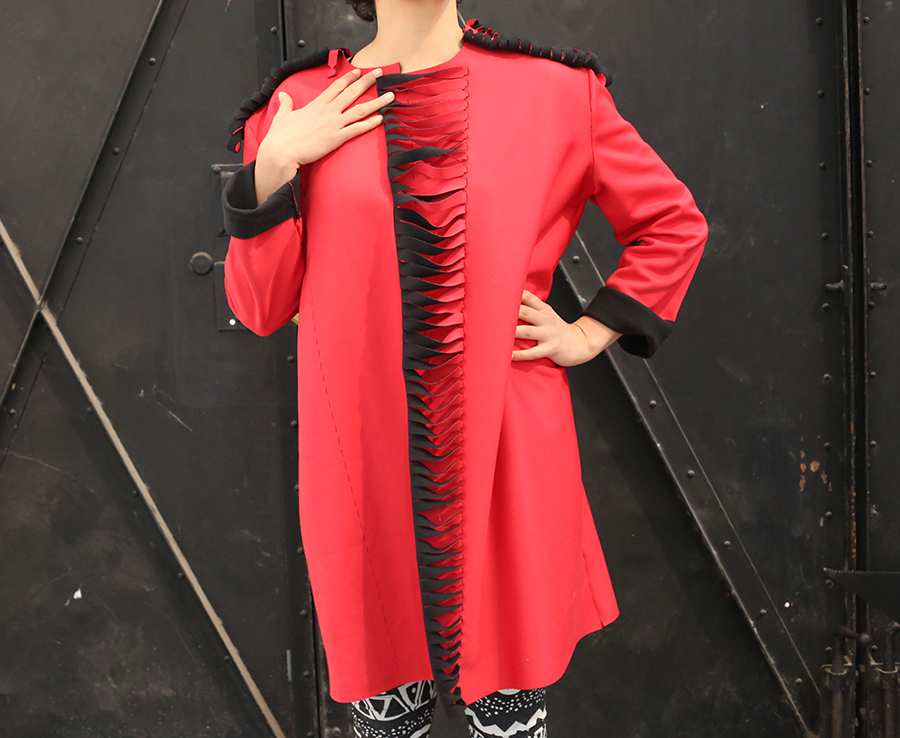
Seamless: Digital Fabrication jacket uses a variety of digital and analog tools. With the use of digital computing and fabrication methods we are able to rapidly prototype and assemble new designs. You can use any 2D or 3D software to create patterns ready for cutting. The machines allow a us a wide range of possibilities, so try to take advantage of the accuracy, precision, and repetitions these machines can achieve.
If you don’t have them, these tools can be found at your local Fab Lab, tech shop, or digital fabrication laboratory (if you don’t have them at home, and aside from the laser cutter, you probably will) book a time slot for fabrication with your local fablab or tech shop.
Recomended Tools & Materials:
Sewing Machine, Needle & Thread, Laser Cutter, Fabric (3meters), Pattern
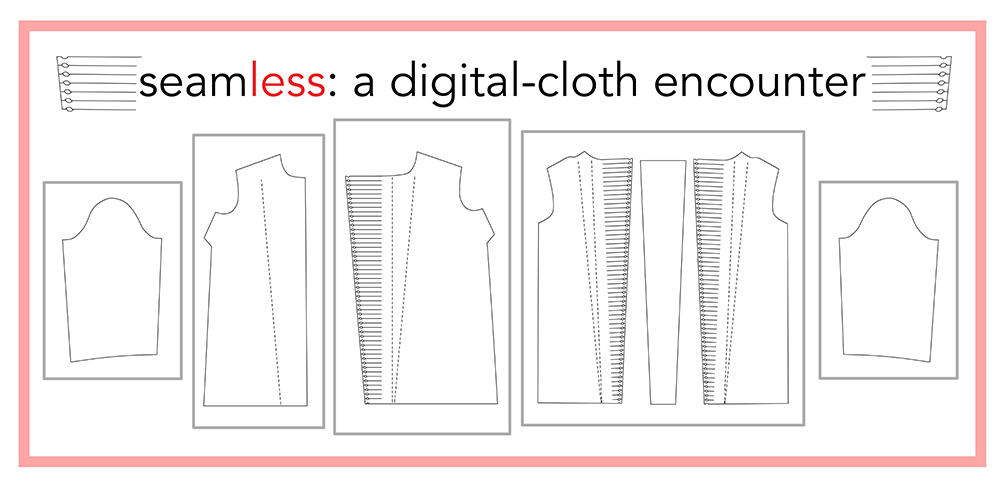
Most materials are suitable for this application, and depending on the type of effect you would like to create, a stiffer material, preferably felt, neoprene, firm interlock knit, will stay in place, where a chiffon or silk will have more mobility.
Digital Tooling: Find your pattern. Weather you make a shirt, dress, jacket, or pants we can create patterns and cut and parametrically design clothes. Find out the size of the laser cutting machine so you know how the cut extents of material will be.

Small scale! MAKE A SMALL PROTOTYPE. Laser cut on paper or any other extra material your designs. Sew or pin together to make sure everything fits well and is constructable. adjust your model and choose the details you want to use. You can have many variations or one consistent pattern. You’re the designer, but remember to play around and have fun.
Rescale your model and fit your pieces within the constraints of the material as well as the laser cut and send your file. Place your material on the bed, make sure there are no creases, and is taped down.
Fit and pin your final pieces together and sew!
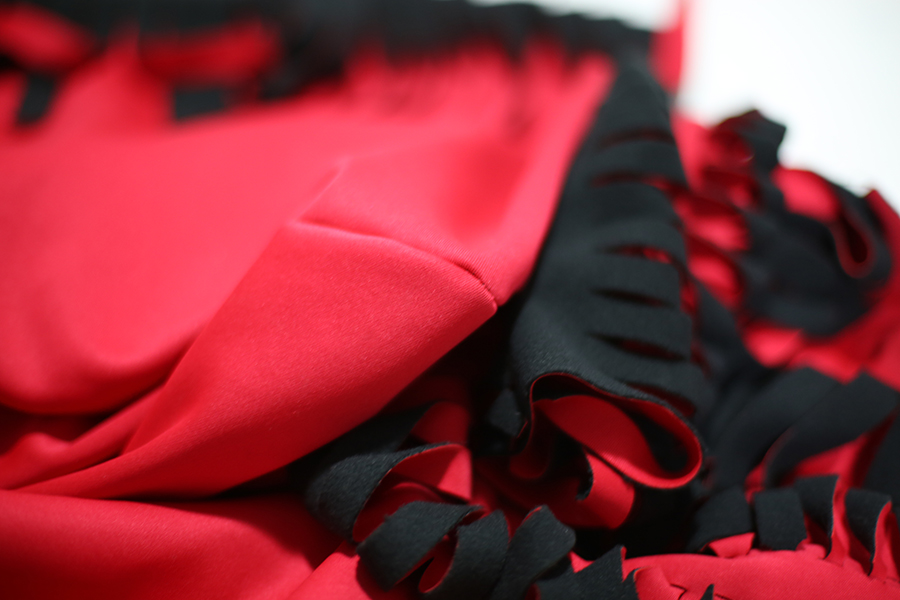

We are constantly searching for new forms and new ways to make the seamless designs. here you can see the prototype on paper laser cuts which will be a wearable collection.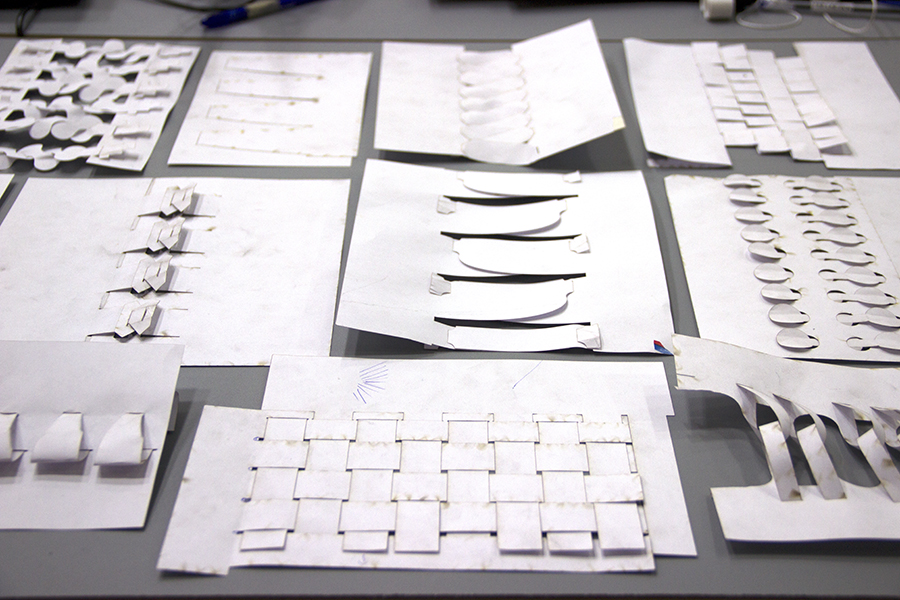
 New forms and ideas in neoprene laser cuts are ready for the new collection.
New forms and ideas in neoprene laser cuts are ready for the new collection.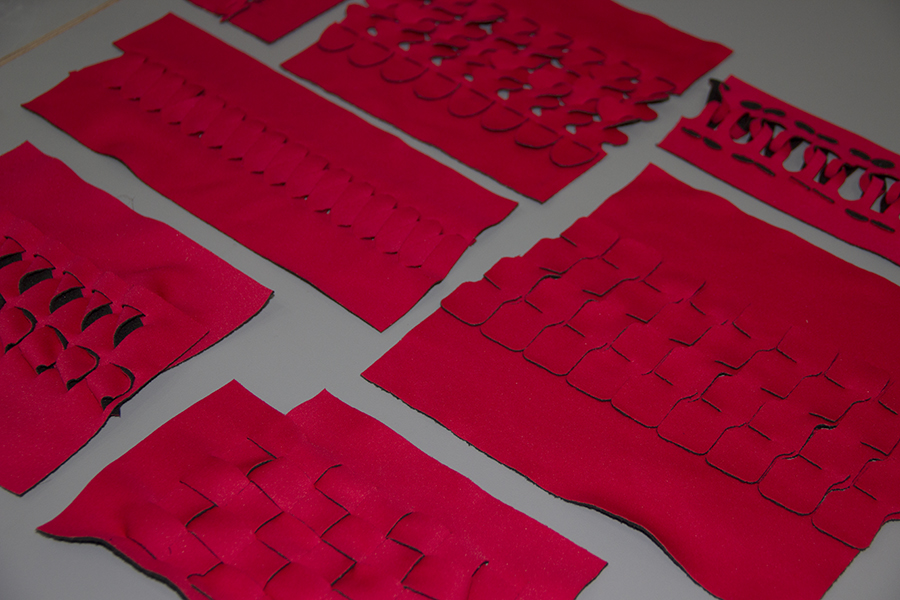

The project is an investigation that covers the last years in the Fab Lab in order to rethink the seam and explore it as a design element in clothing. The idea is to use digital manufacturing as a tool for the development of digital joins to make a collection in laser cutting machine.
Experimentation of the curve, vertical and horizontal join and Y-shaped where two lines form a single line.
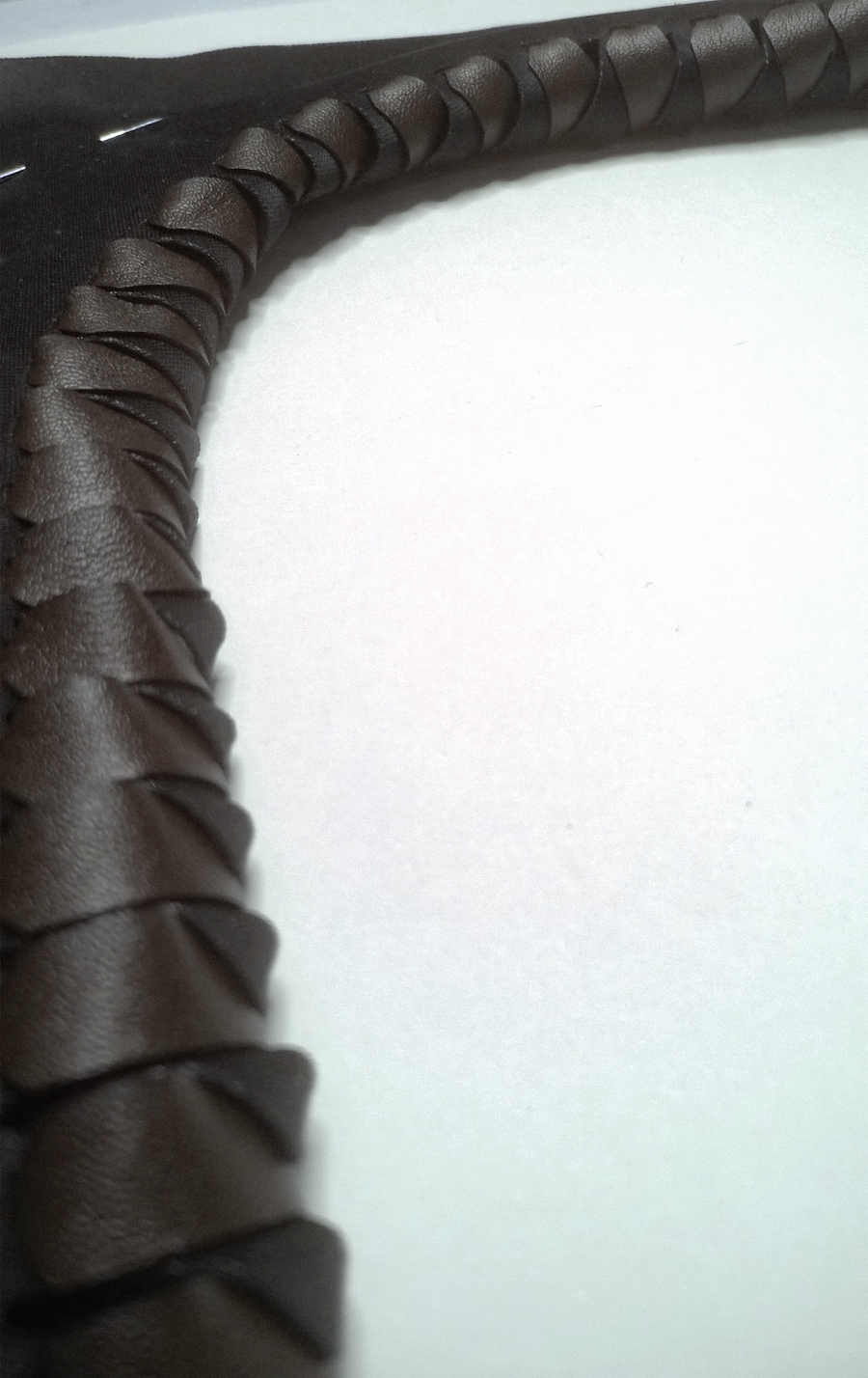
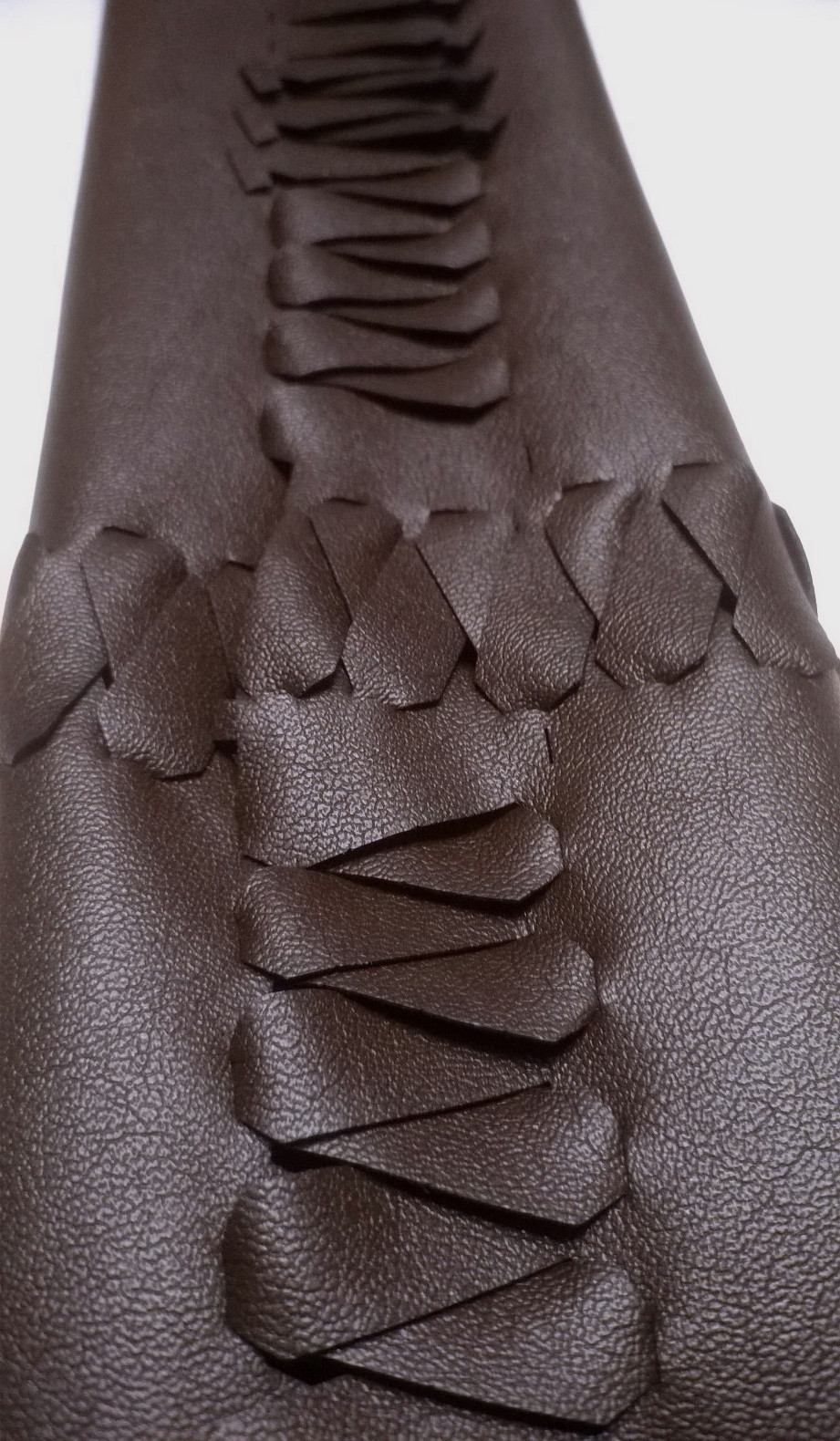
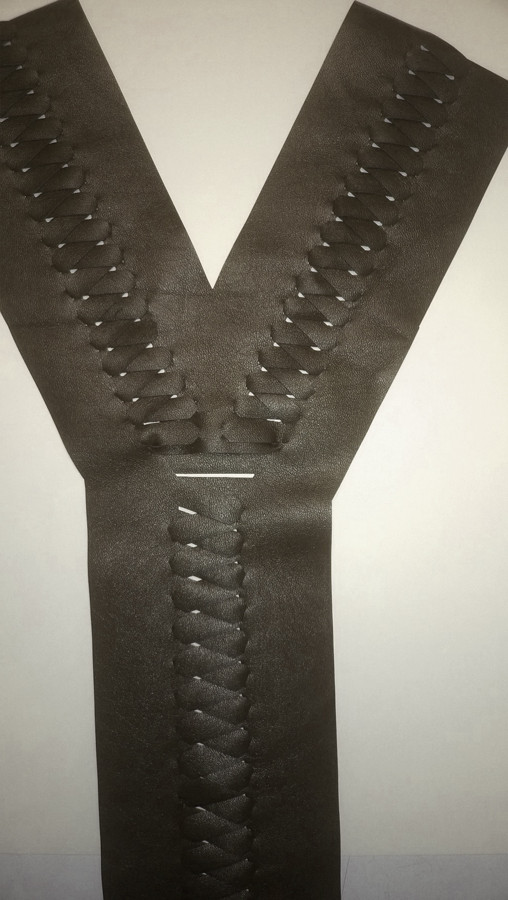
Design of 5 different clothes where digital connections work, creating joins on shoulders, sides, neck and as a design element on garments.
Designing a lower clothe and 2 upper and 2 complements.

Pattern of the differents clothes of the collection.
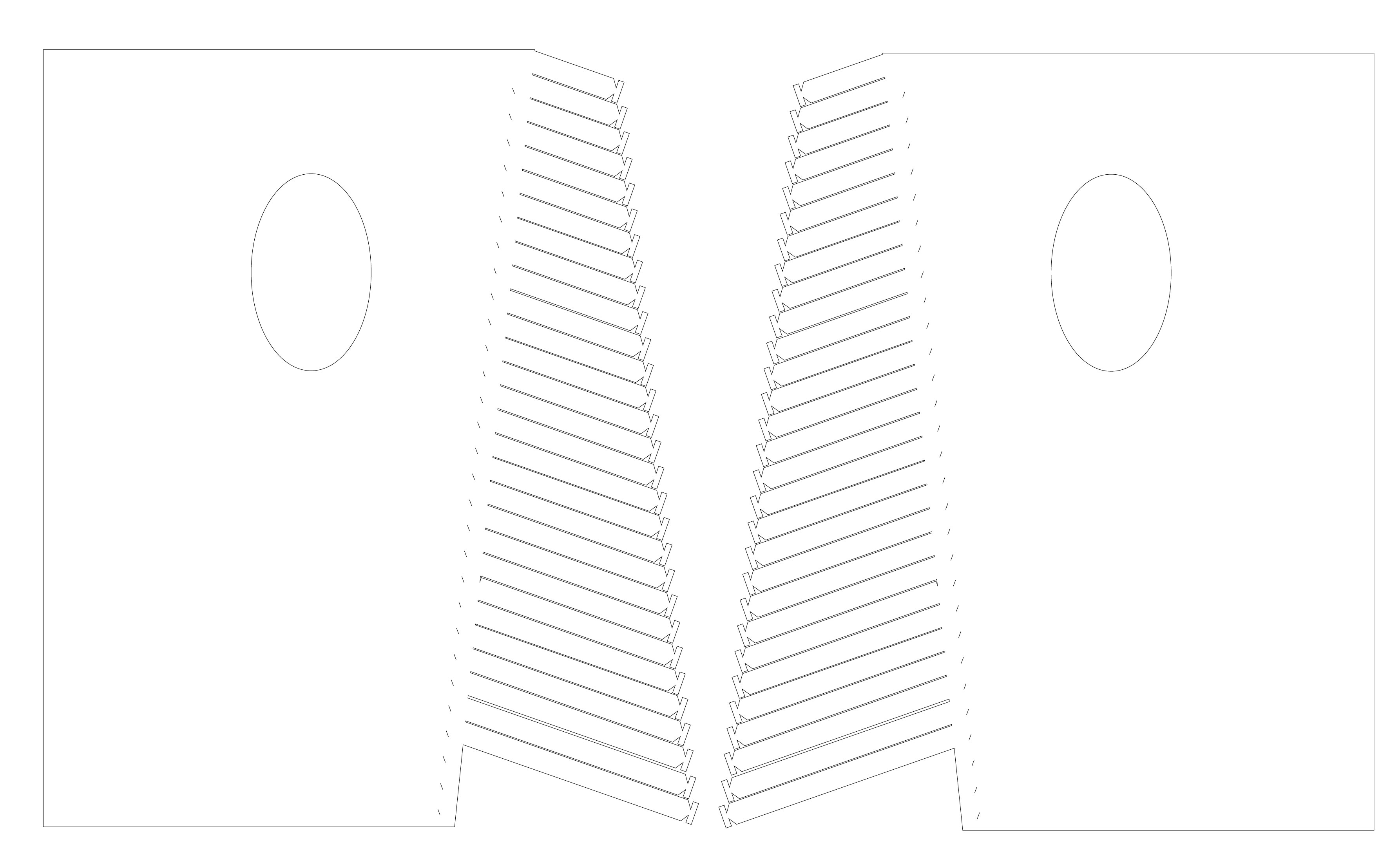

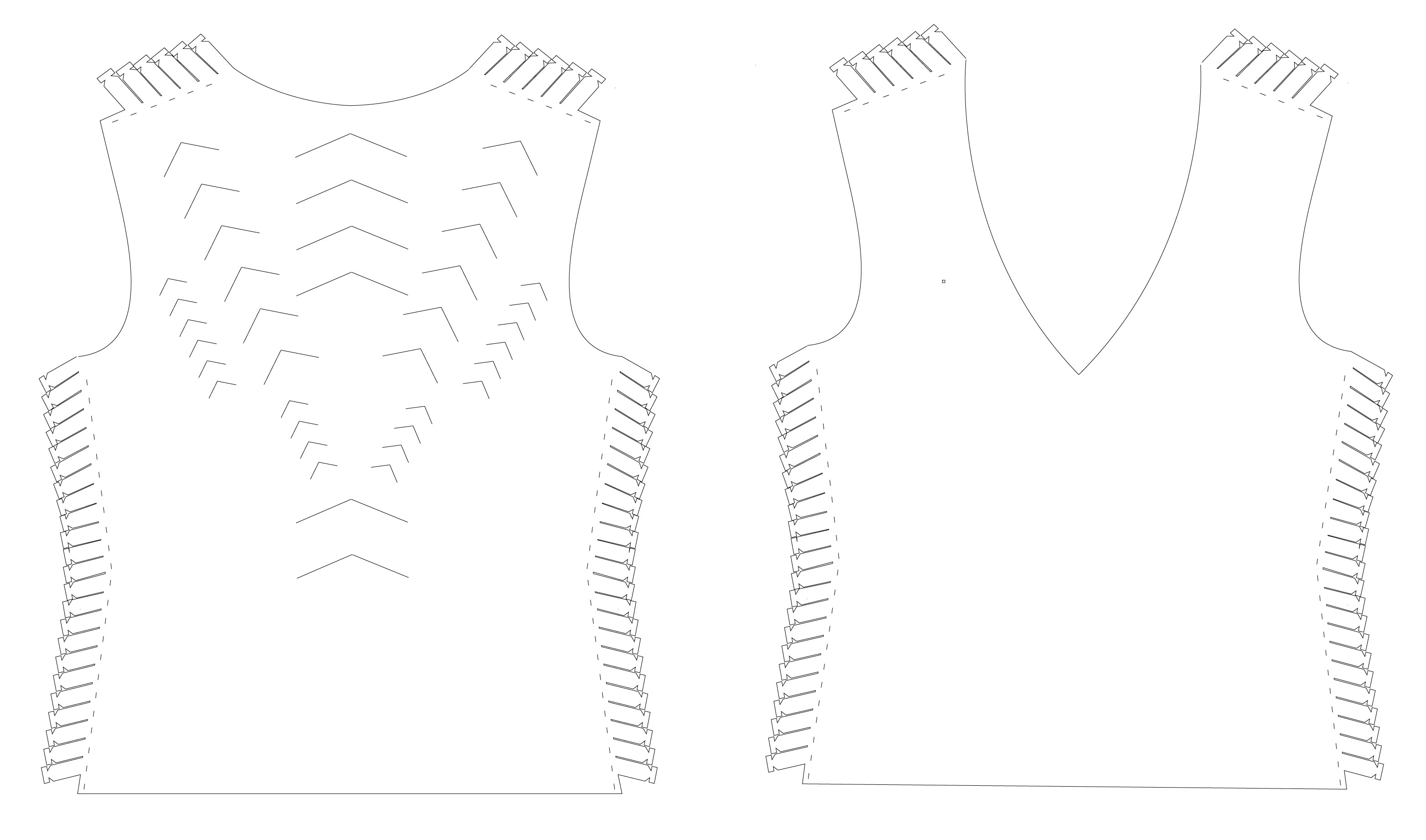
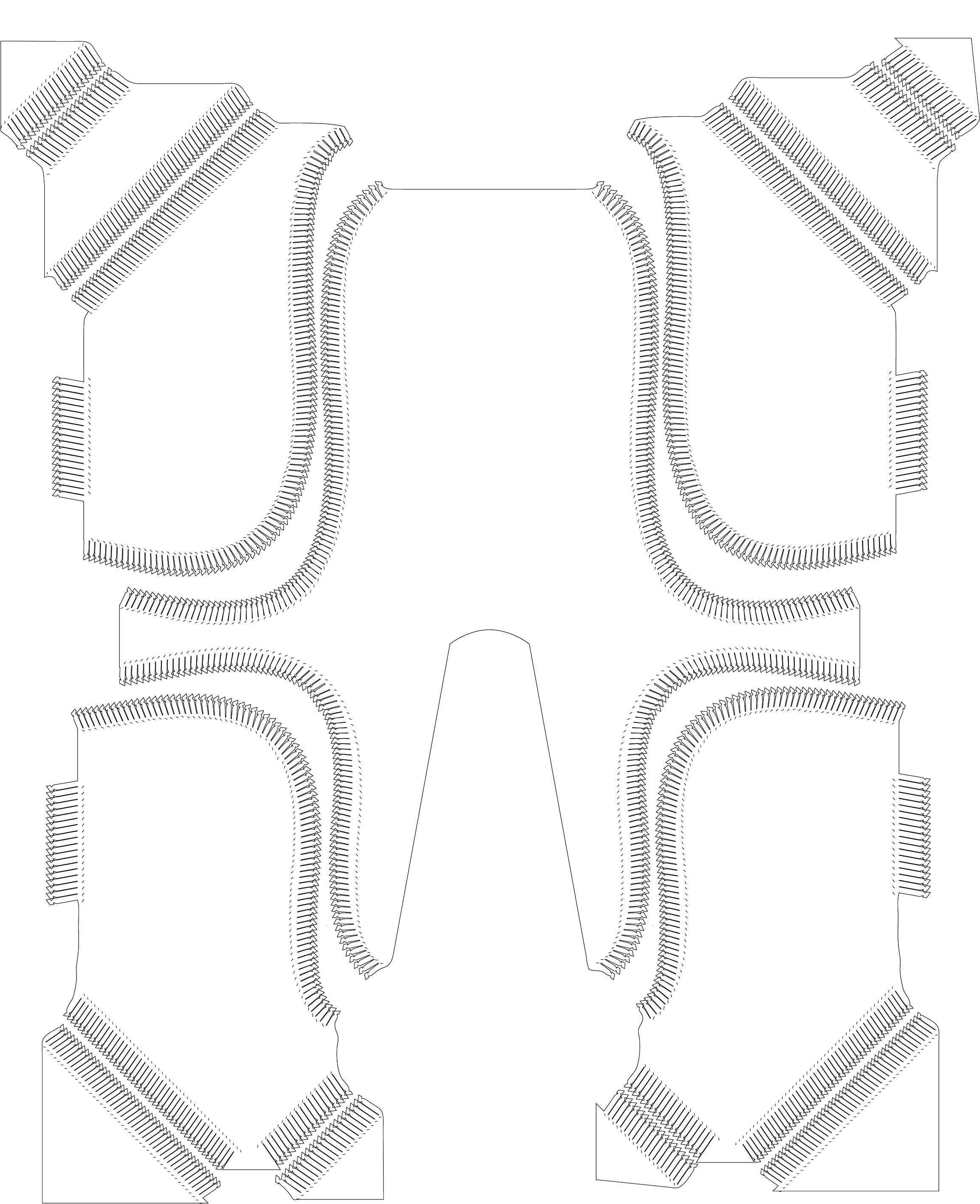
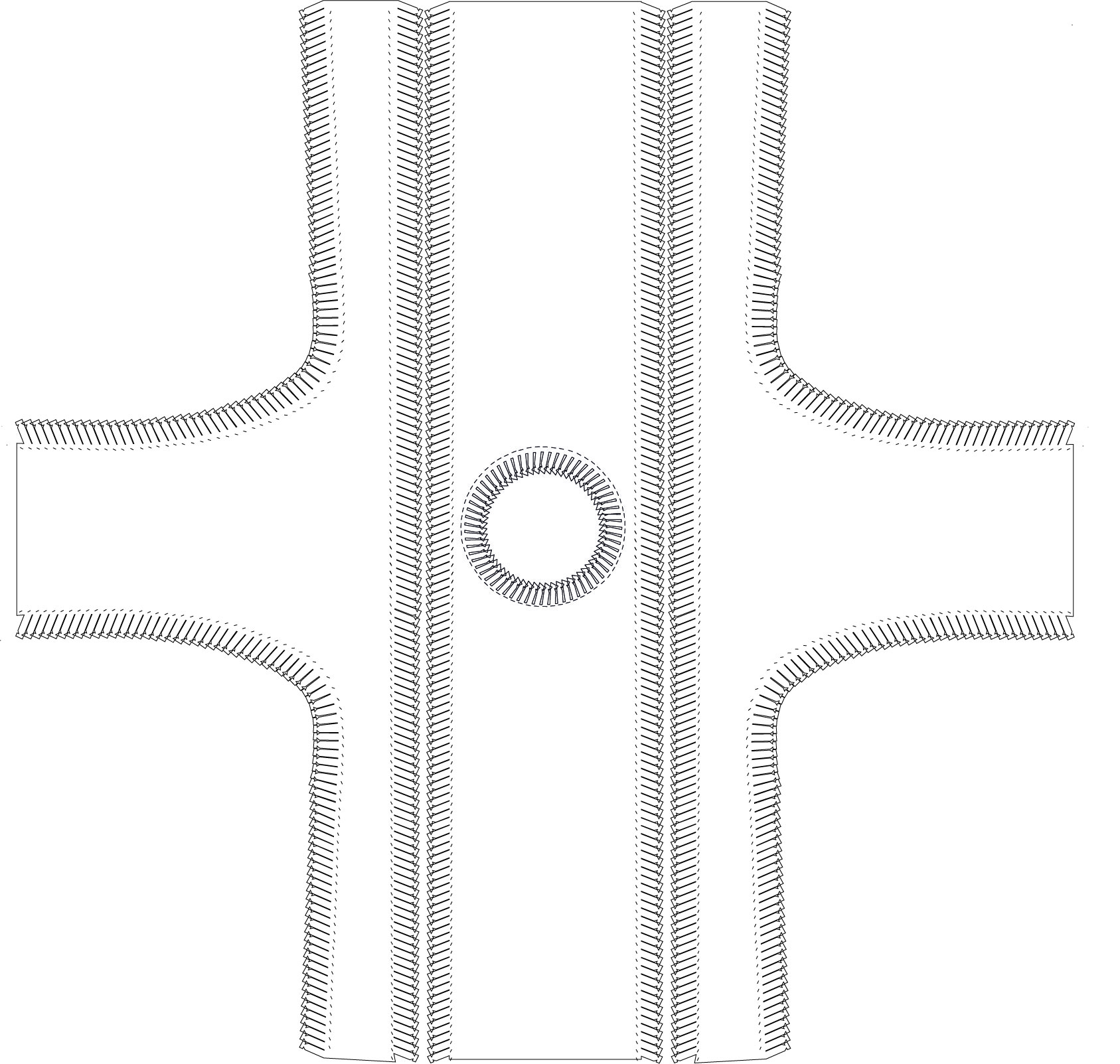
Laser cut
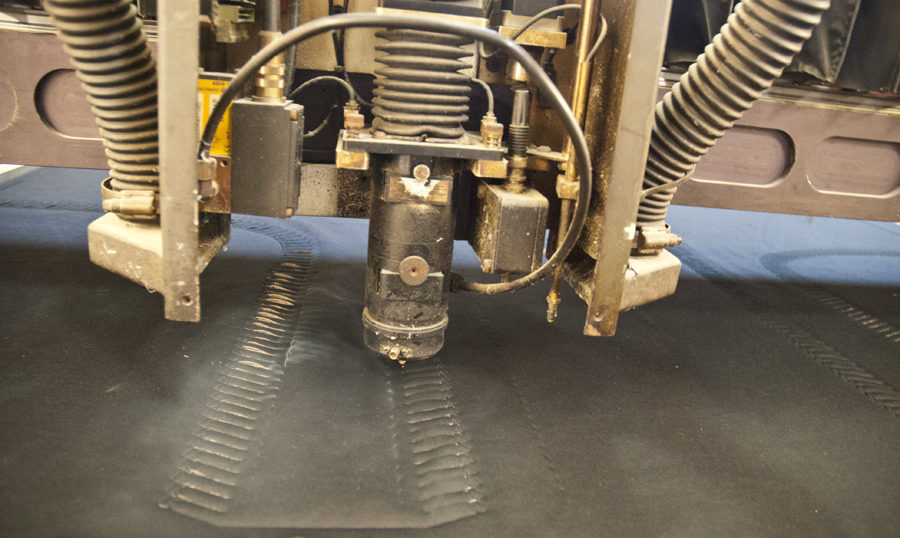
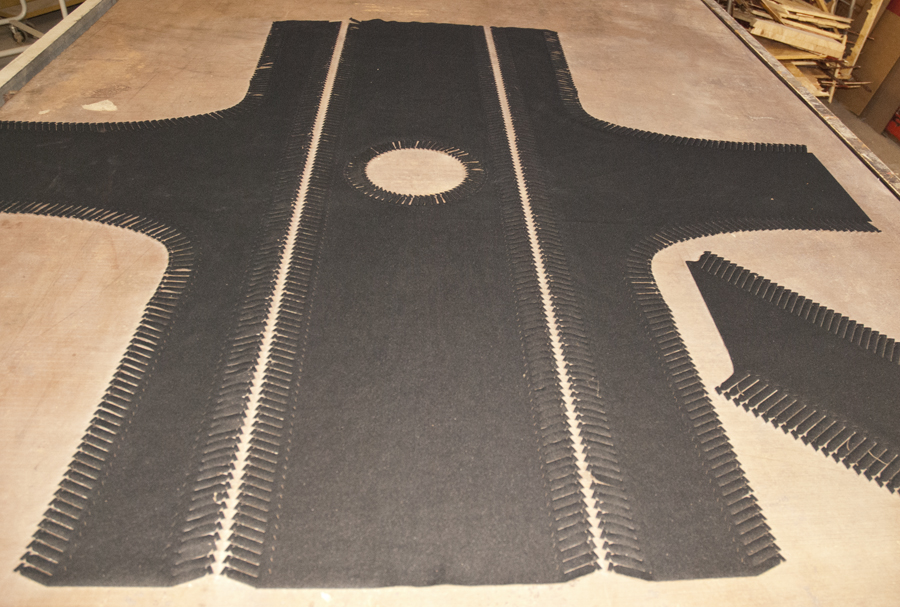
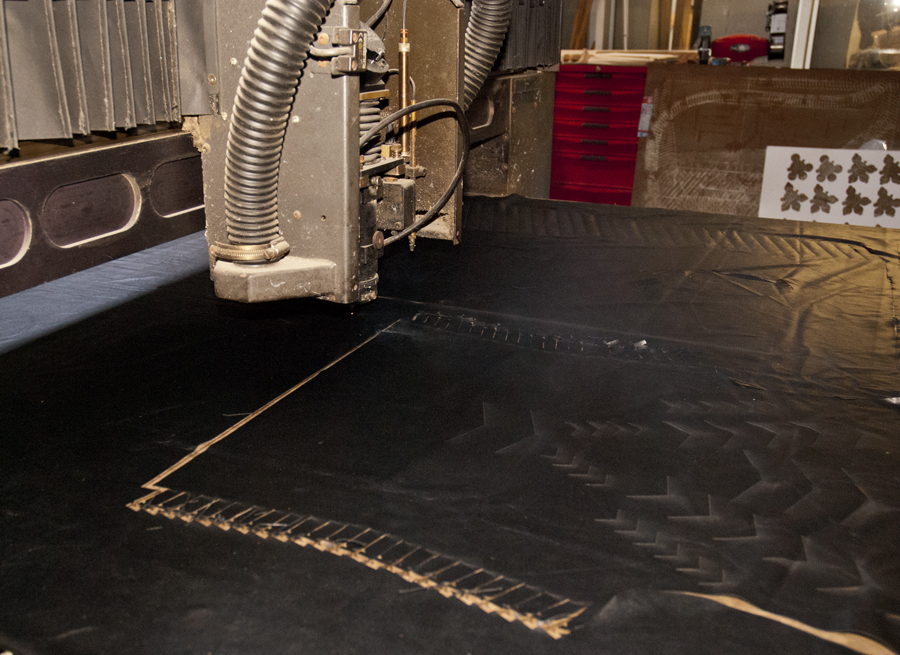
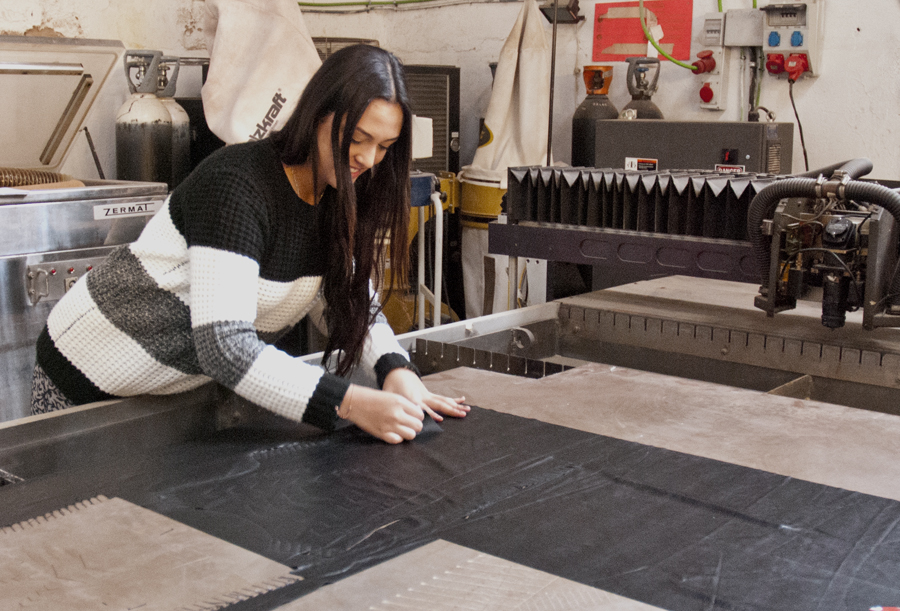
Seamless collection photo shoot
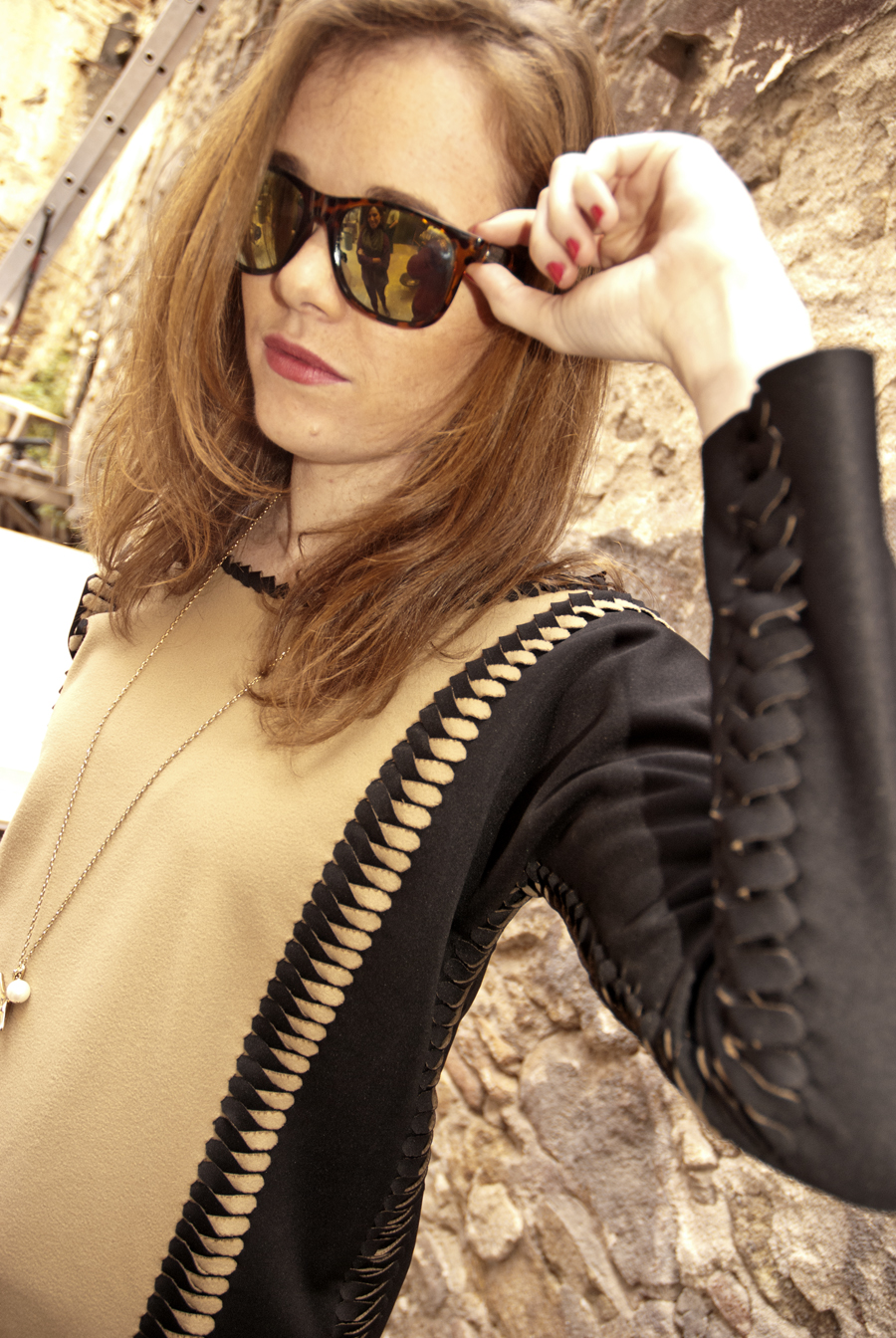





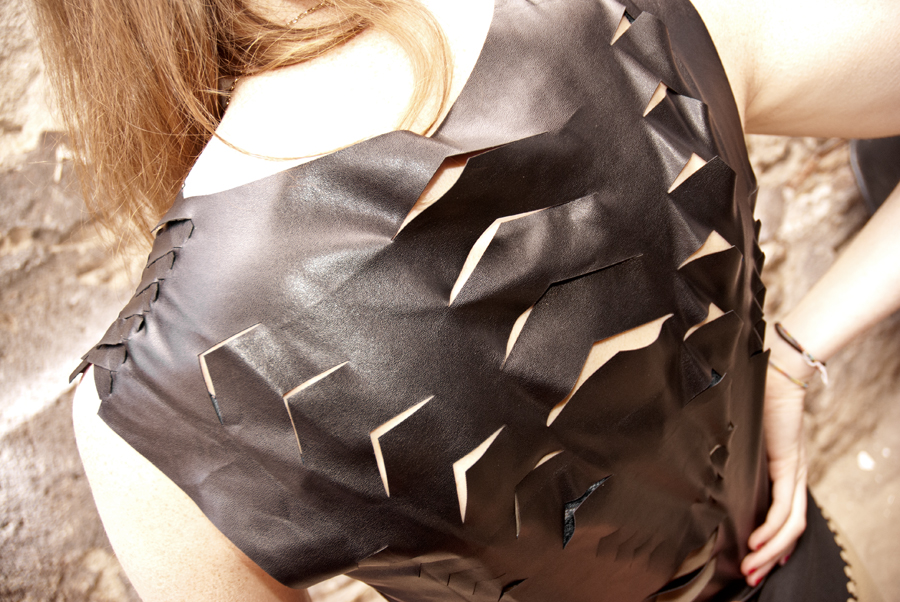
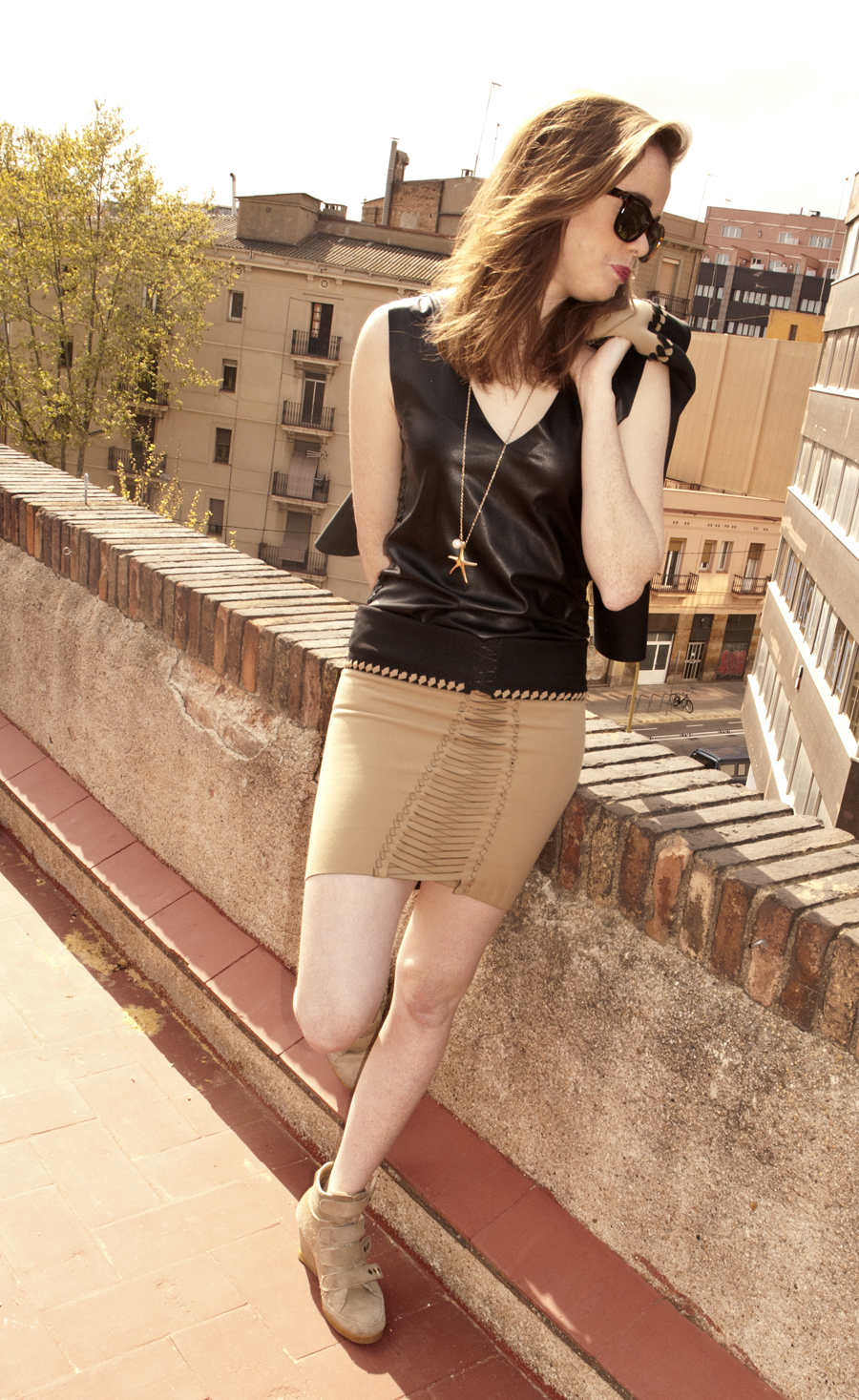



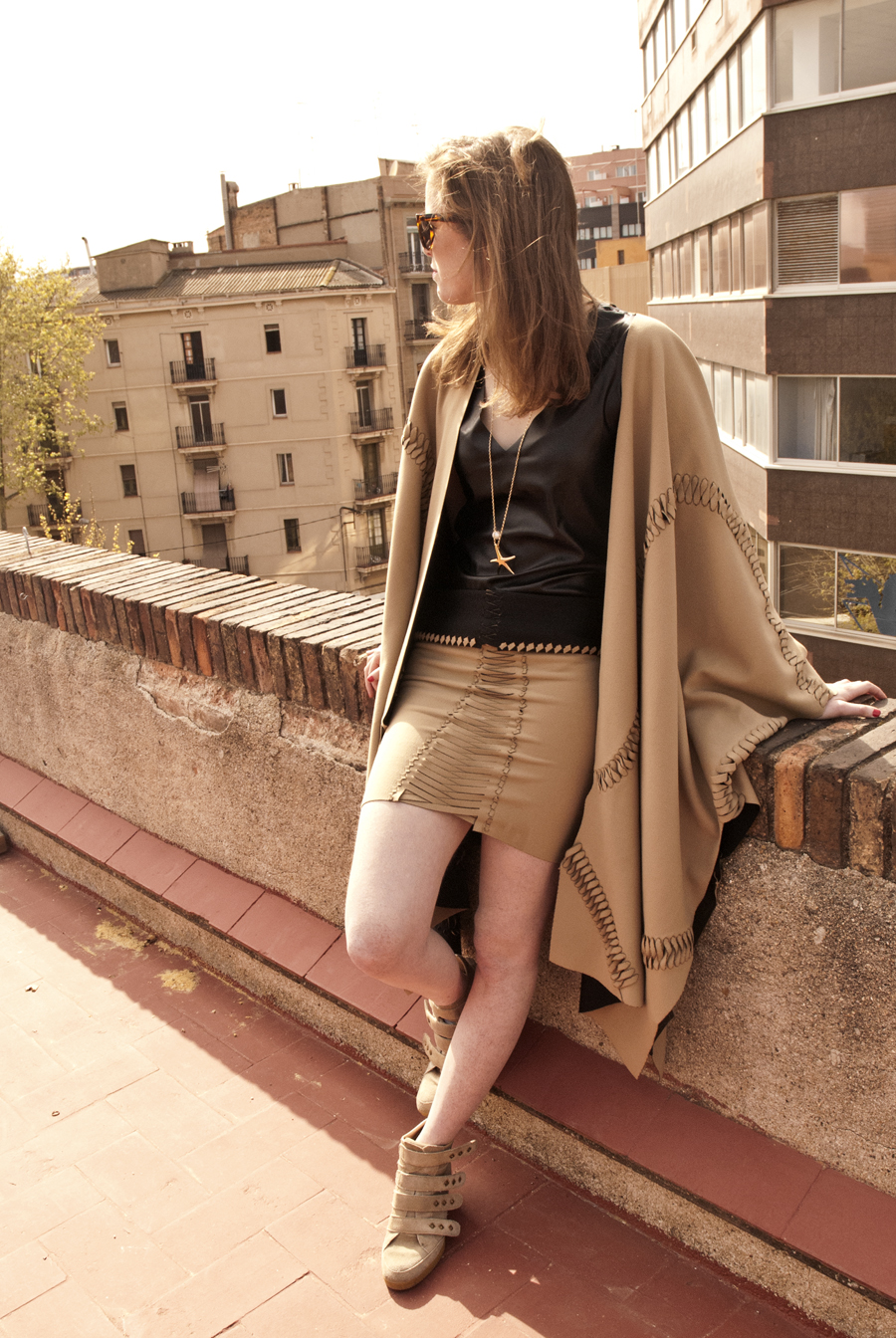

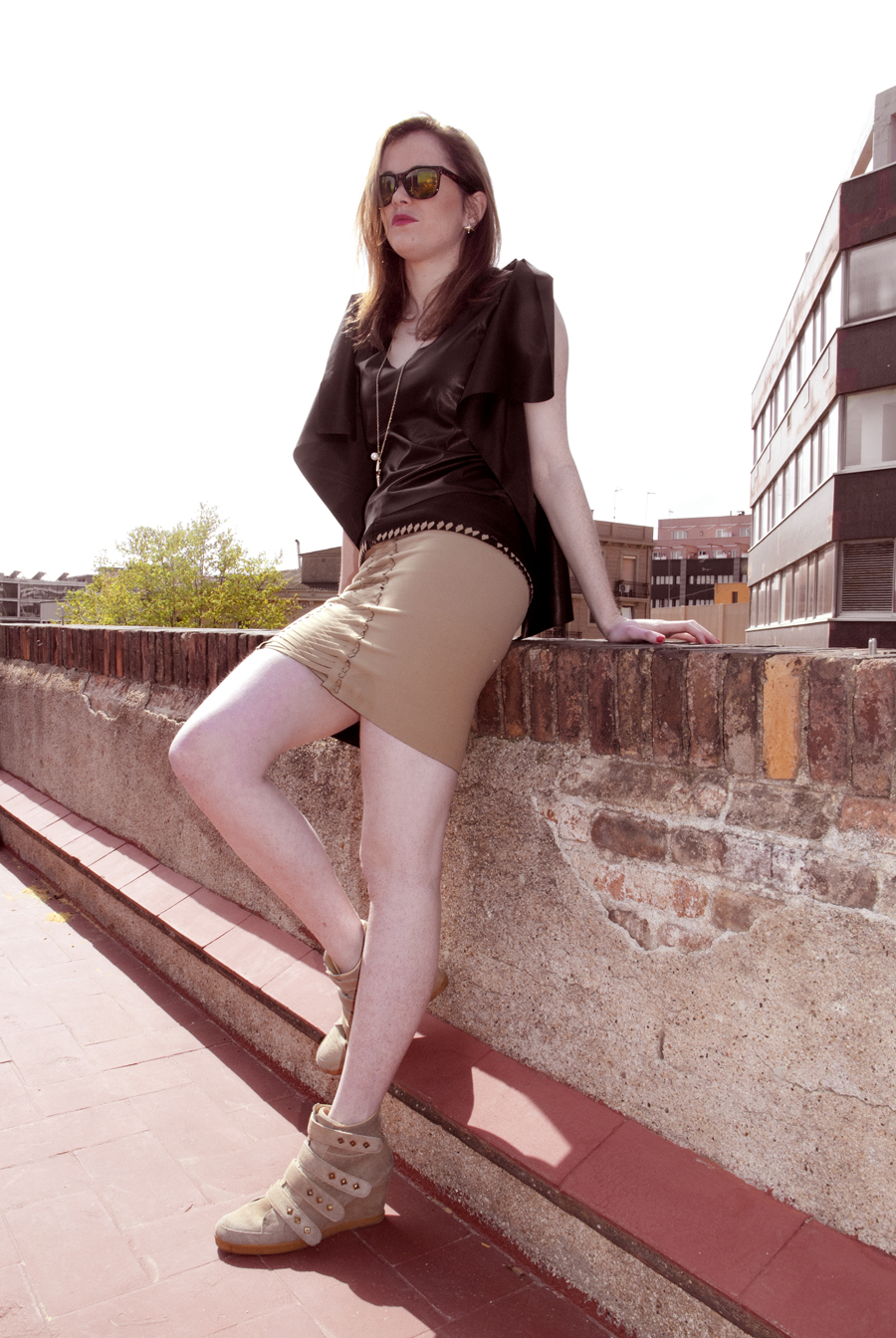



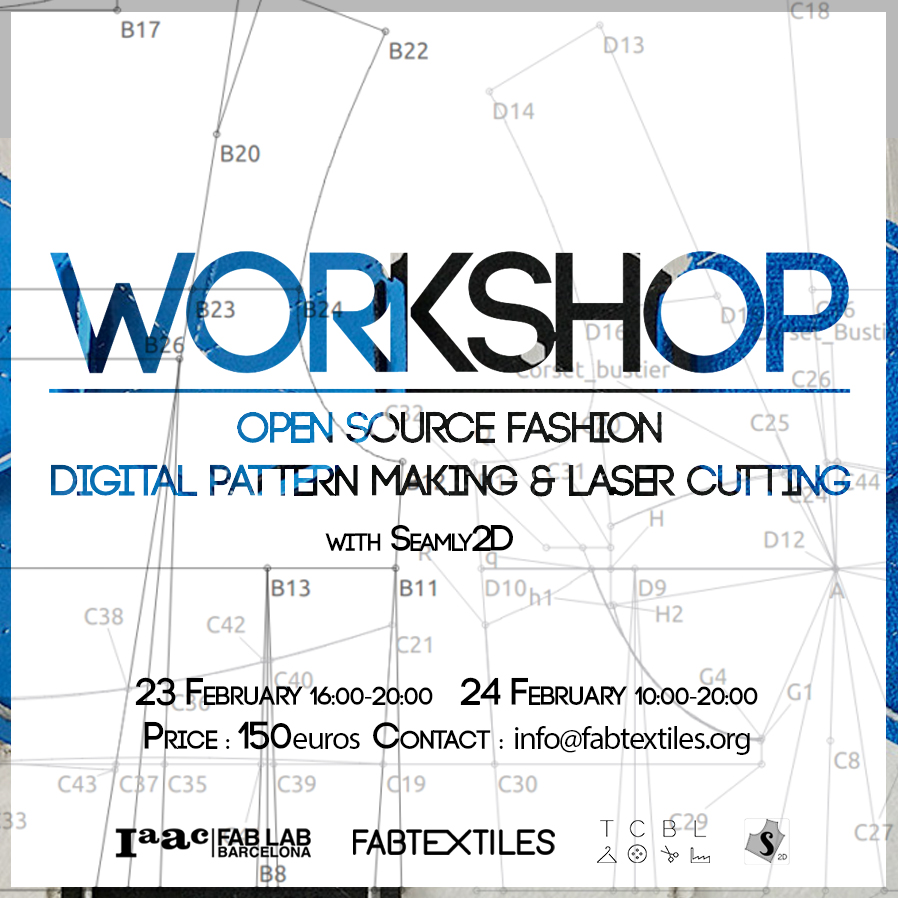

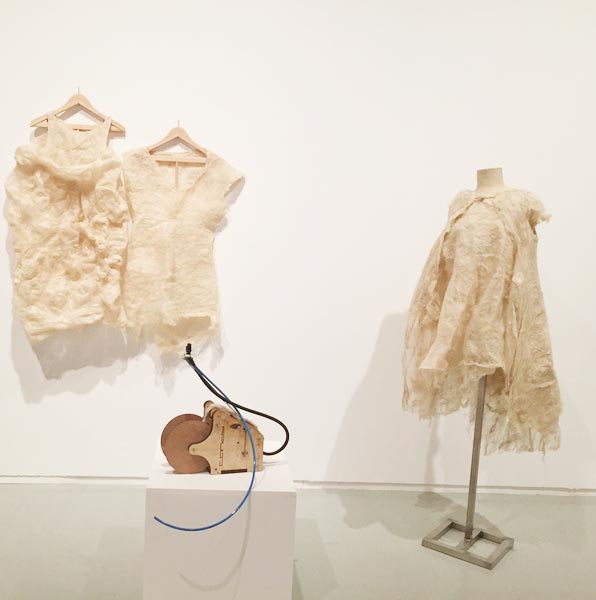
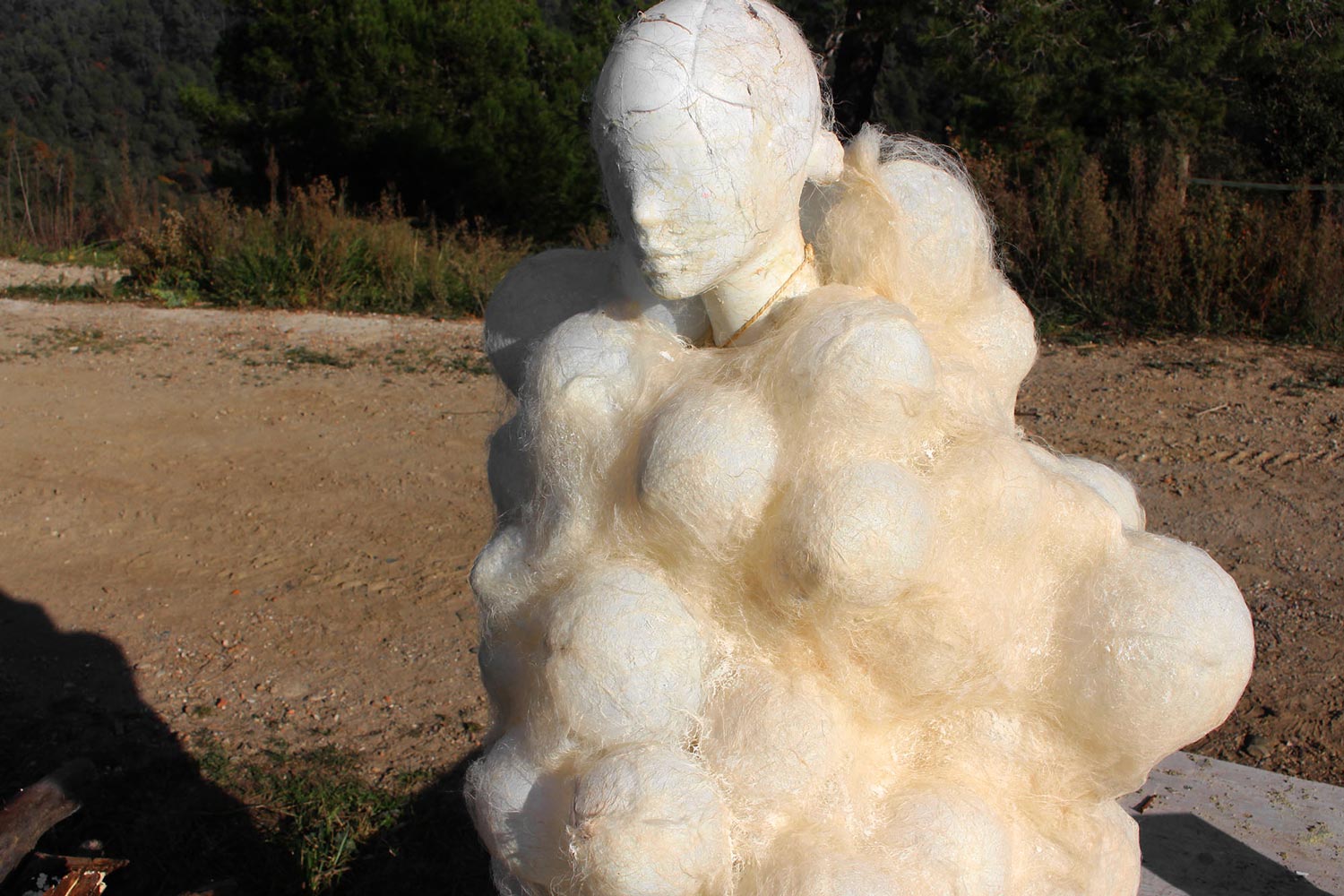



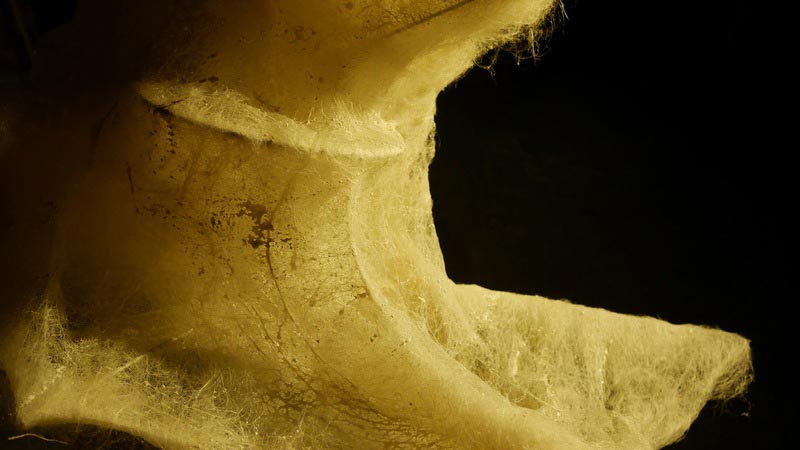
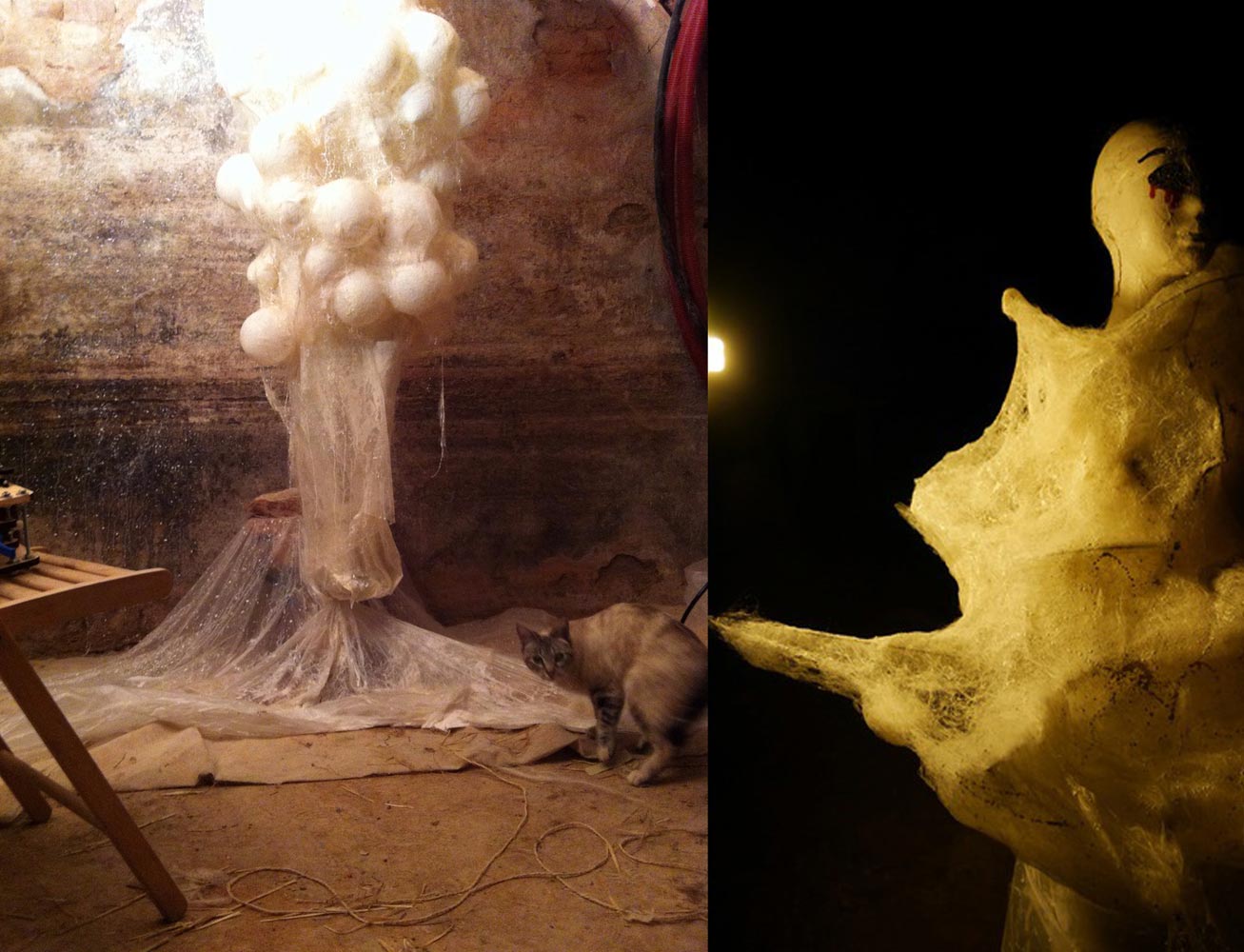
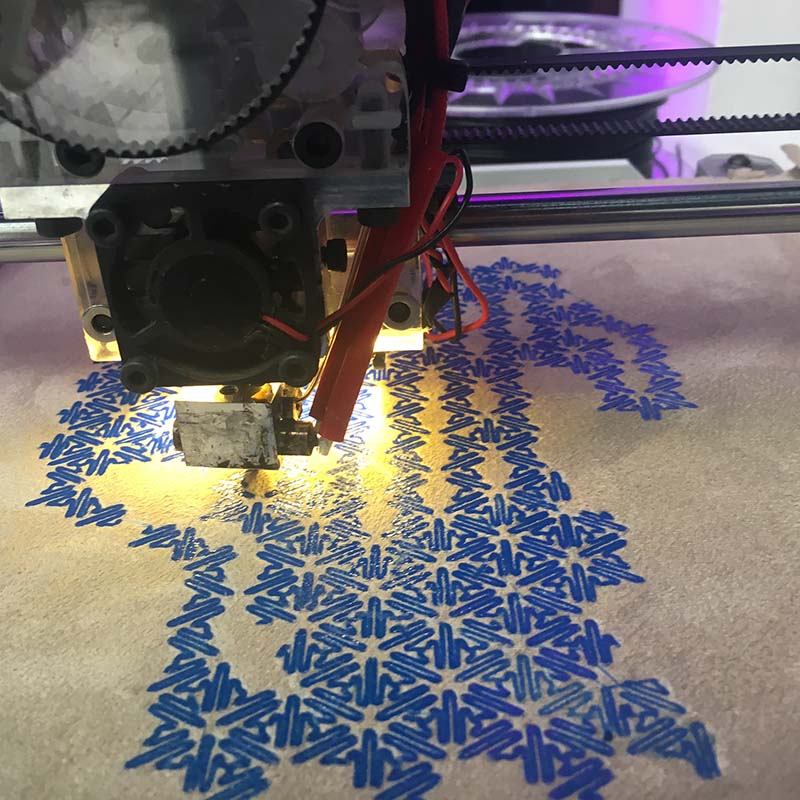
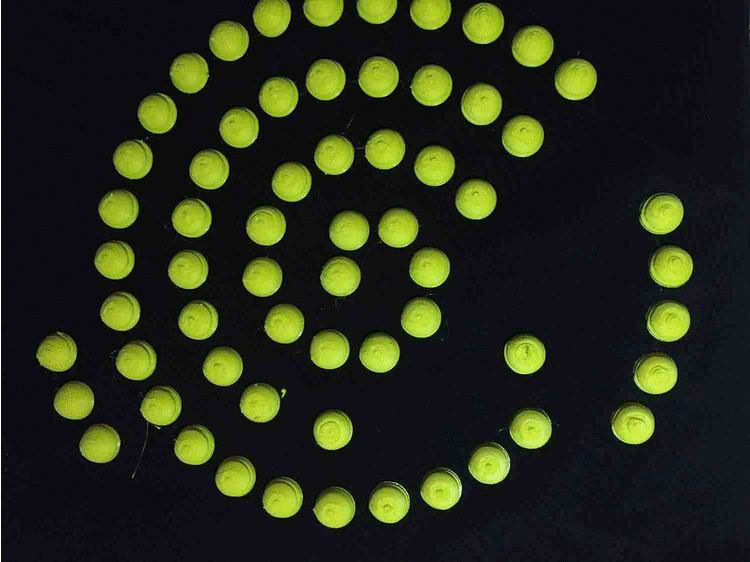
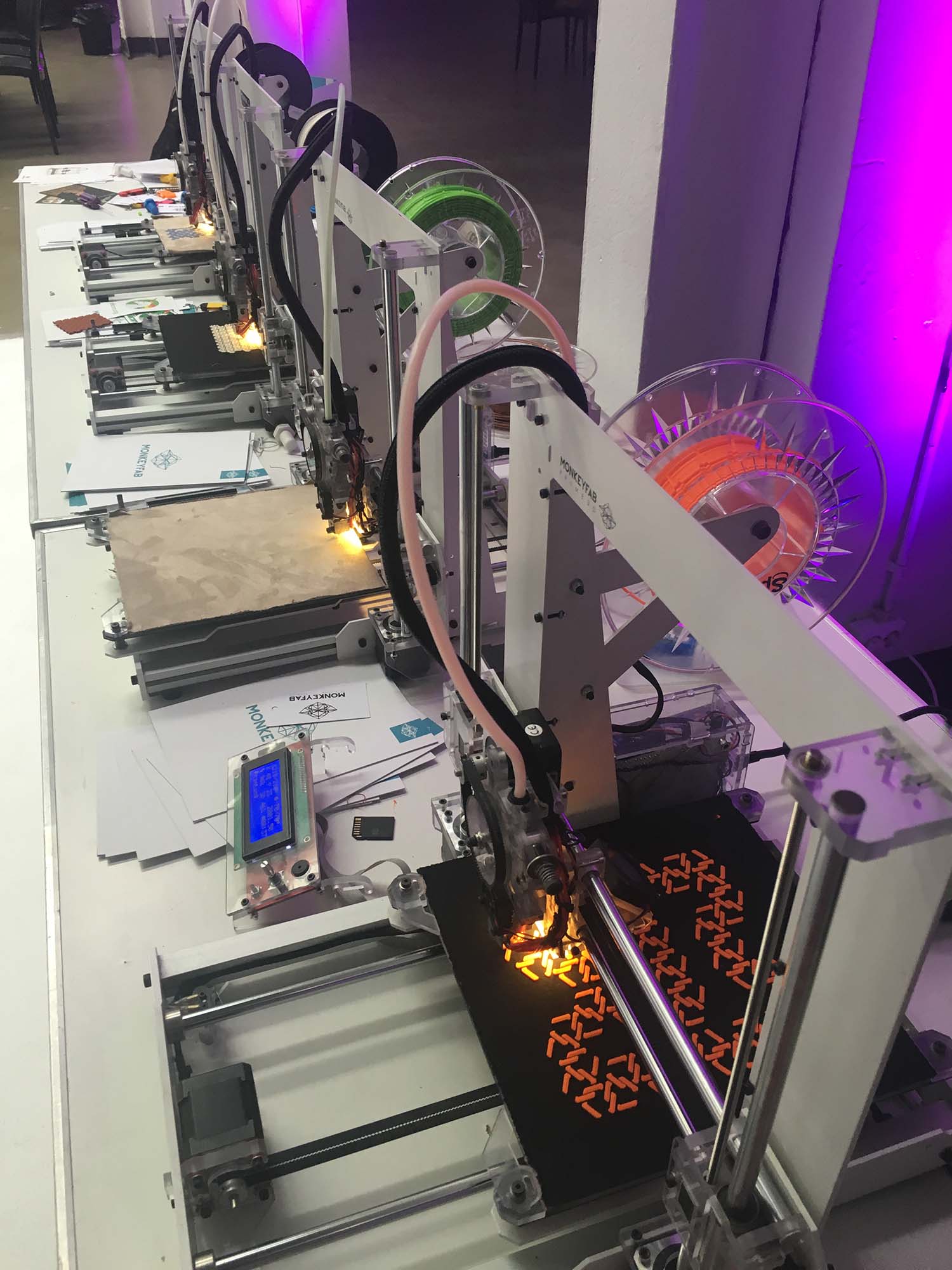

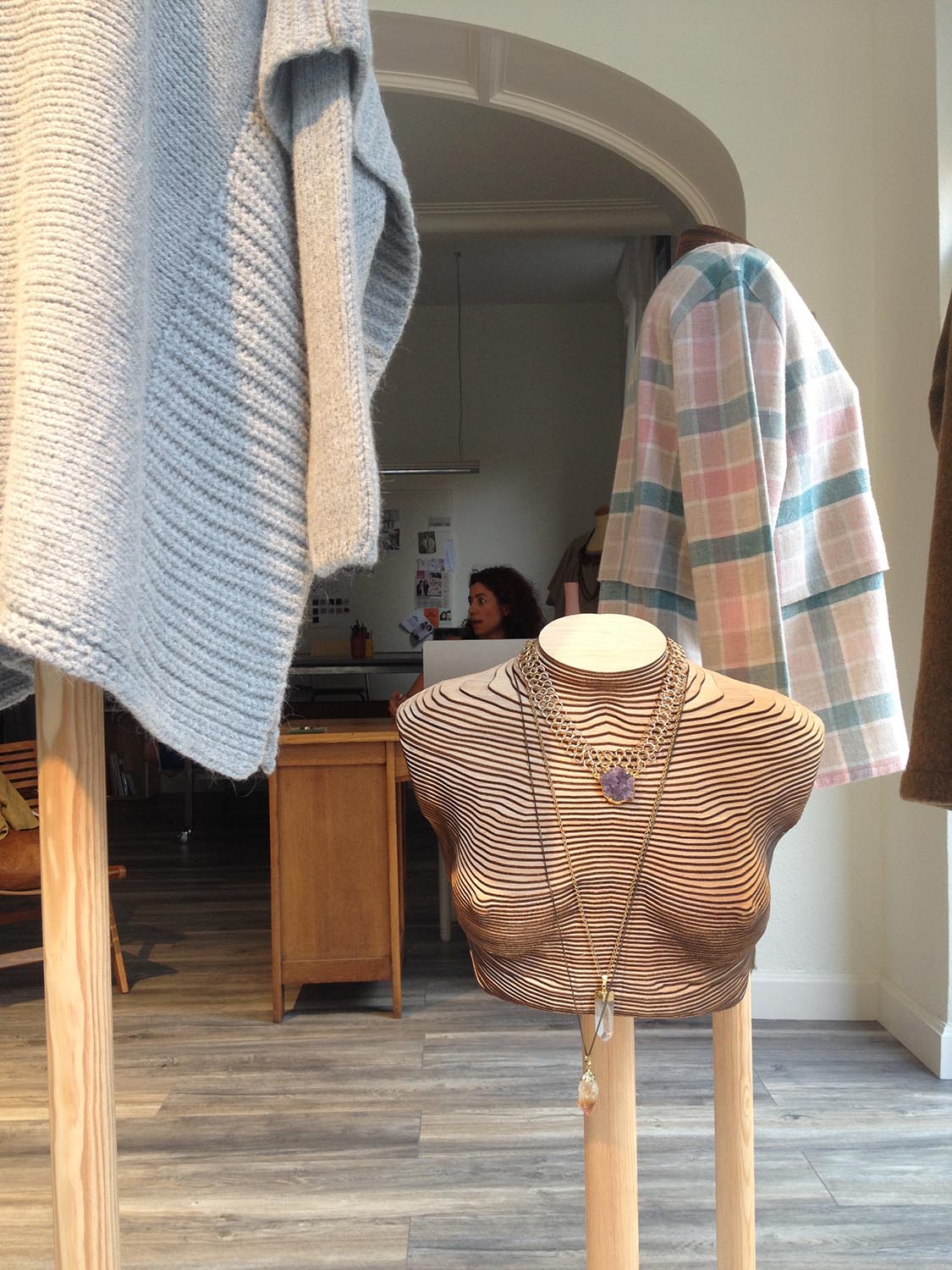
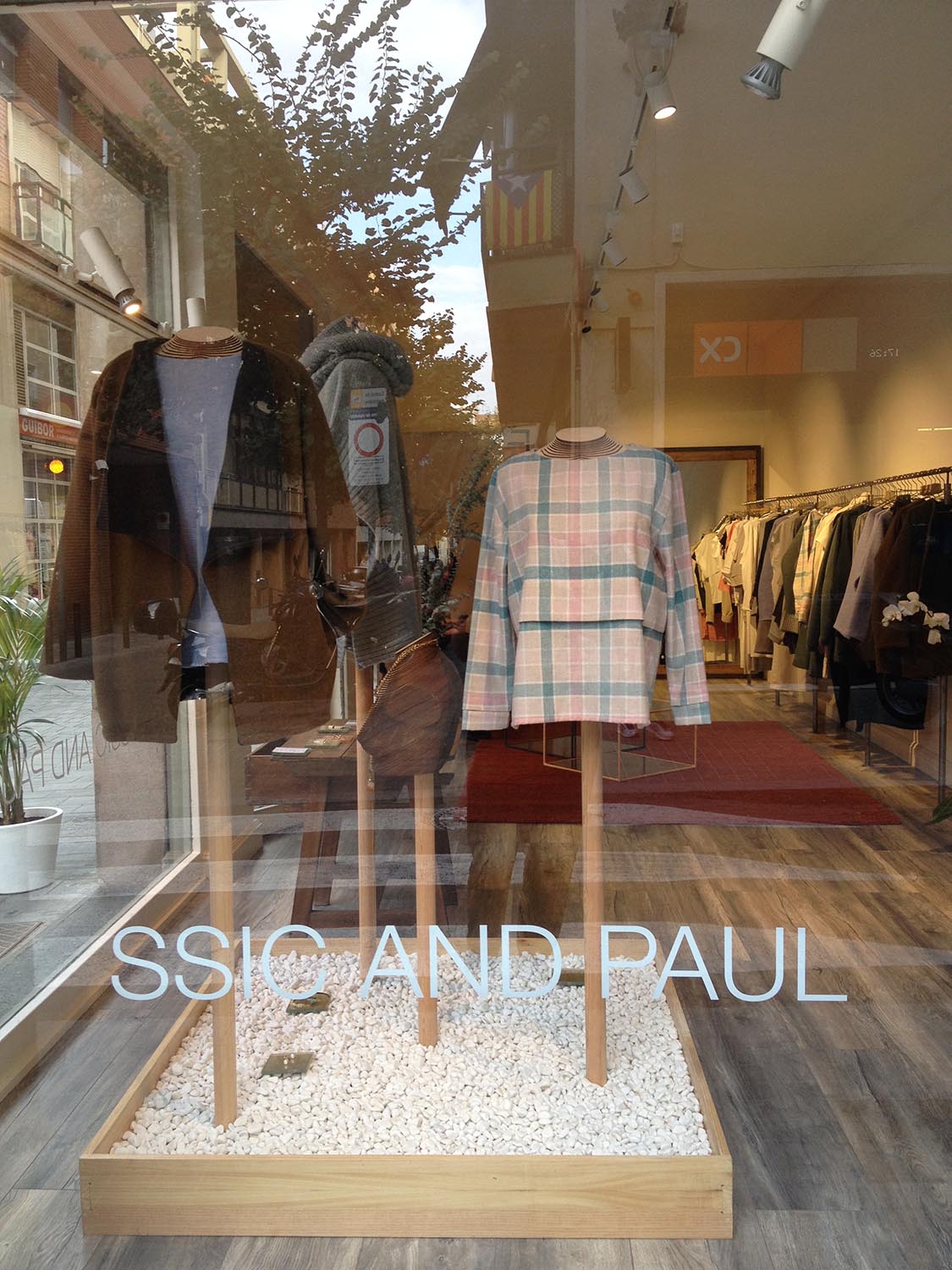
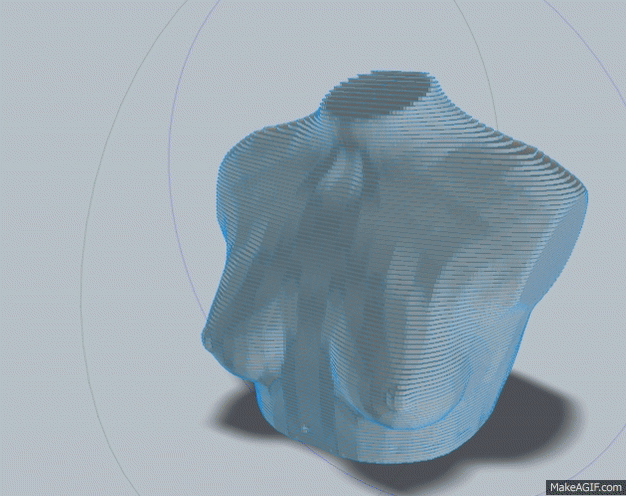
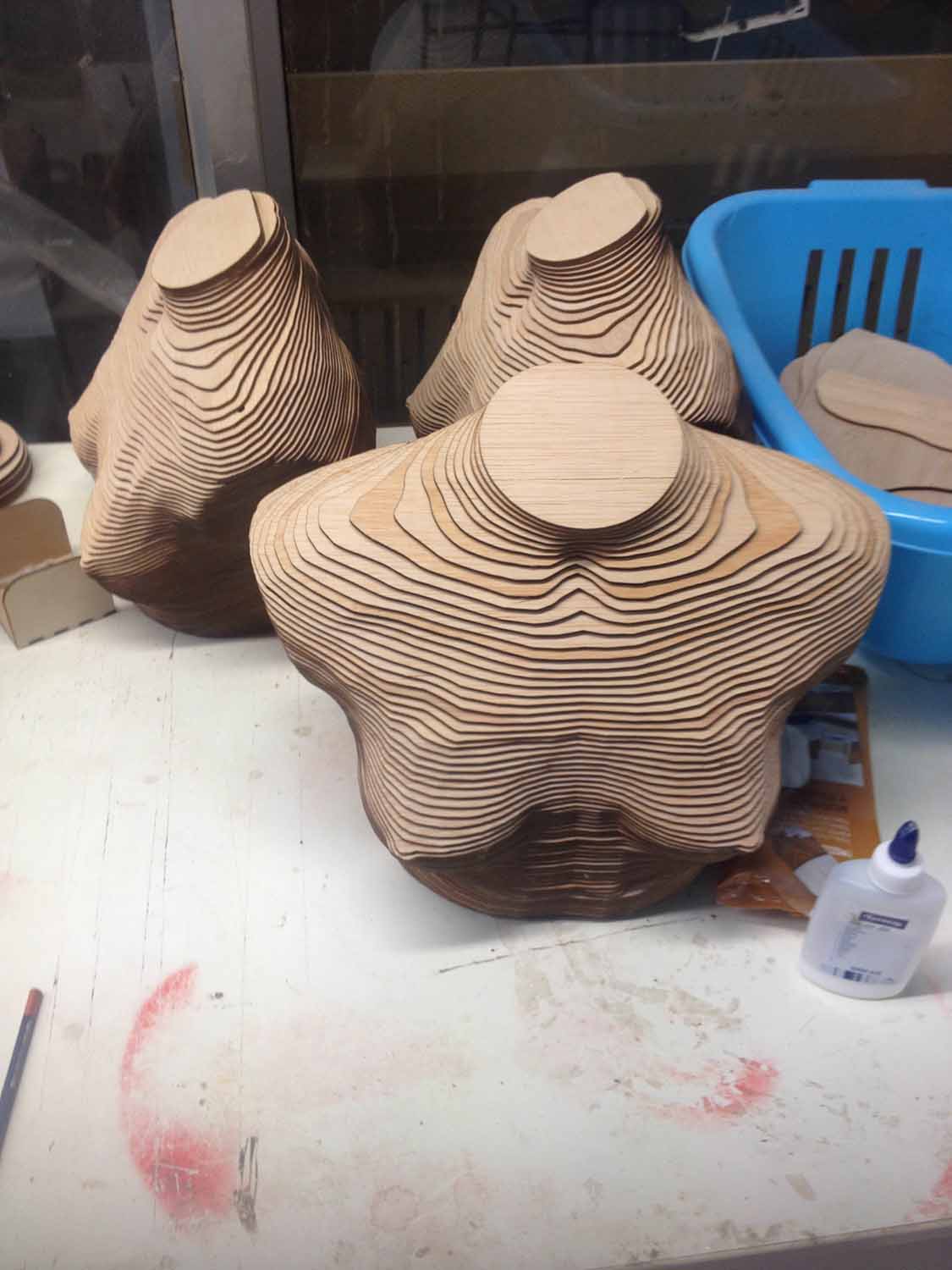
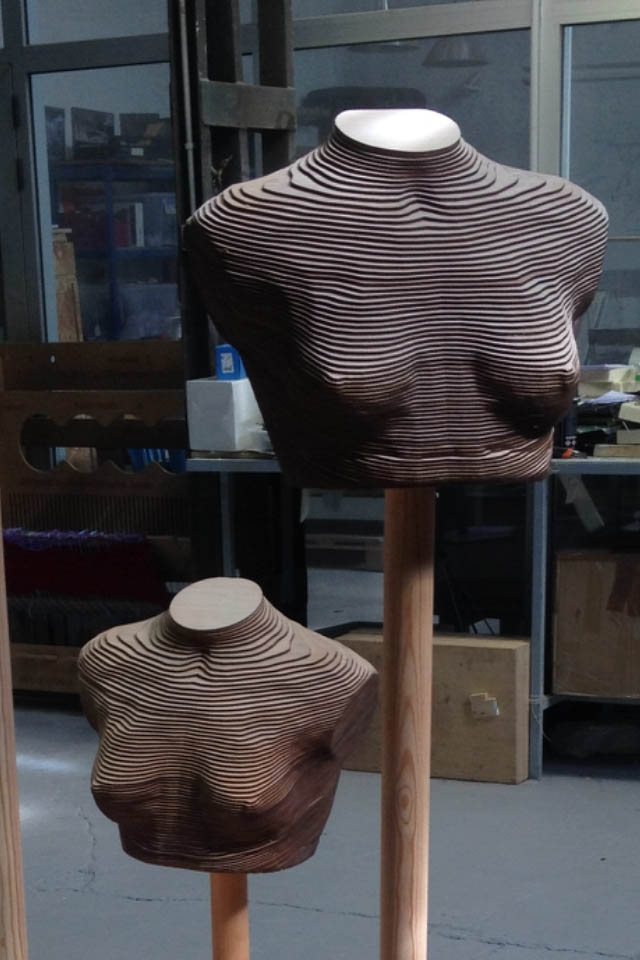
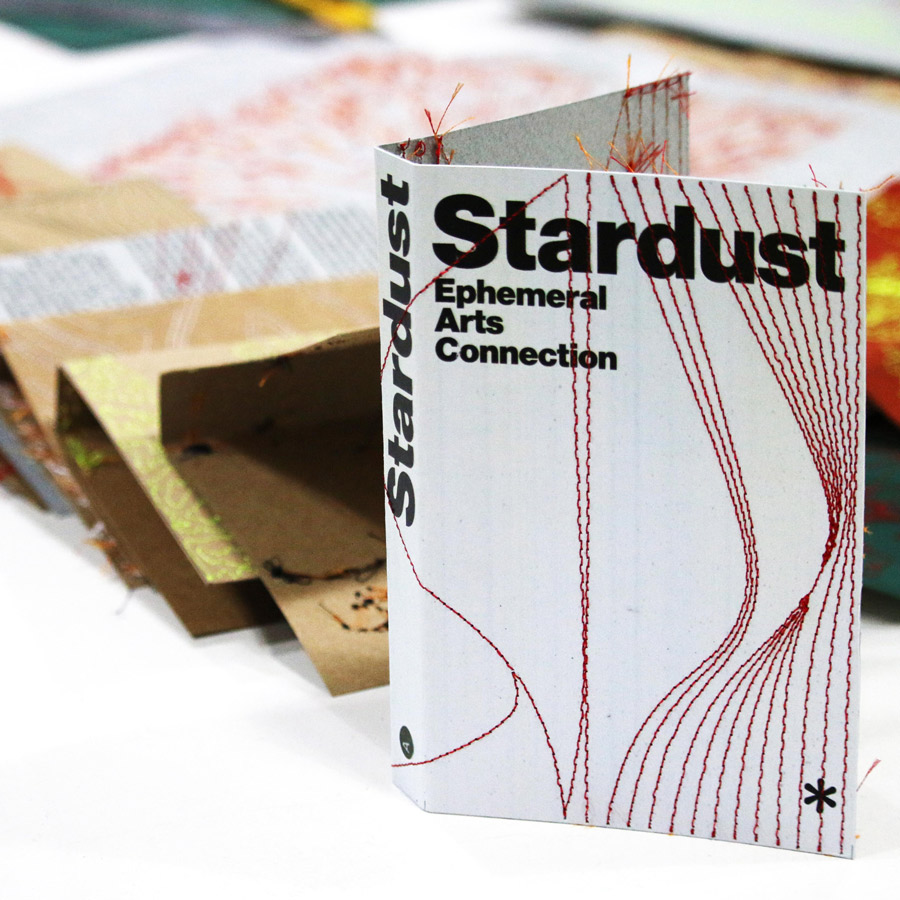

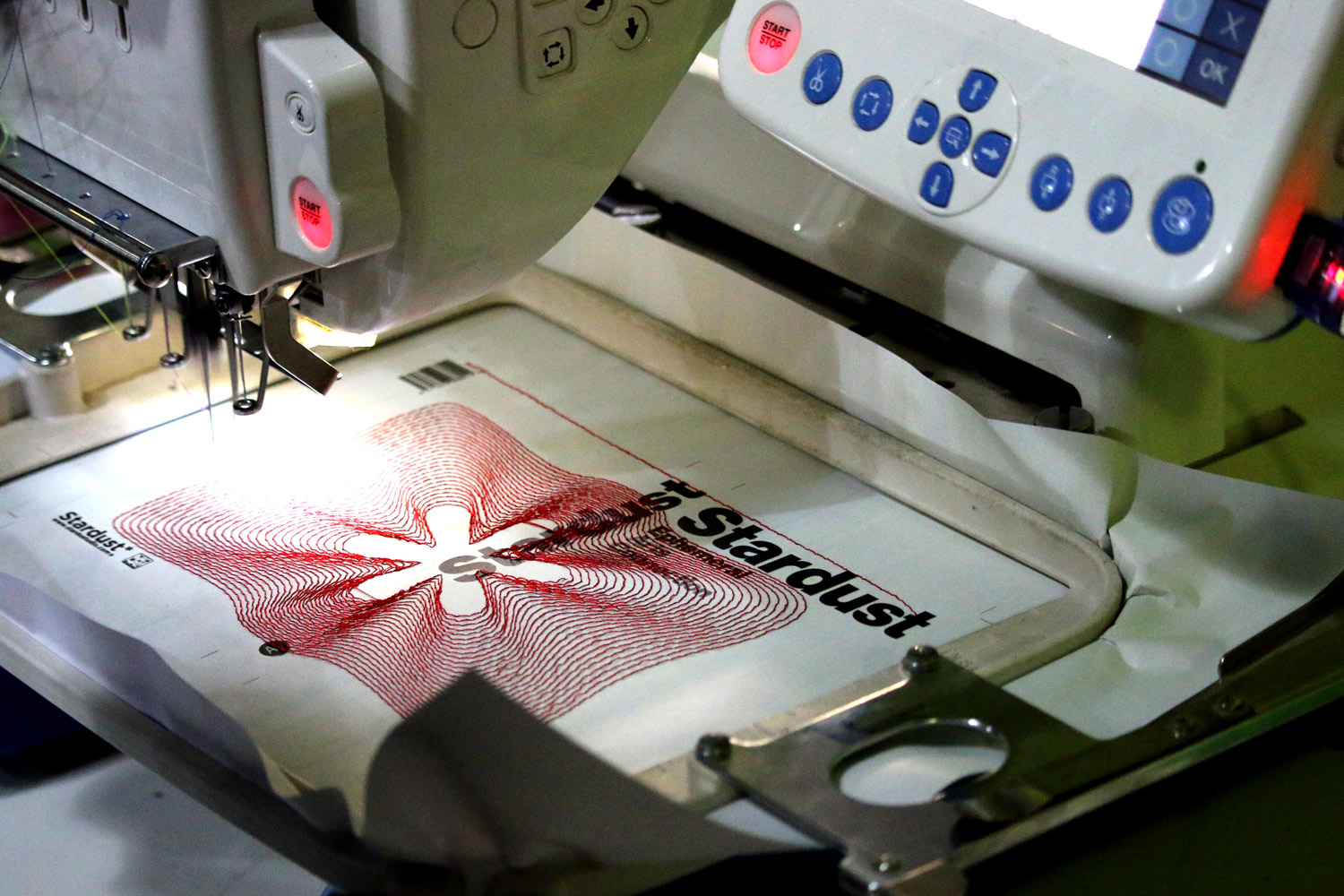
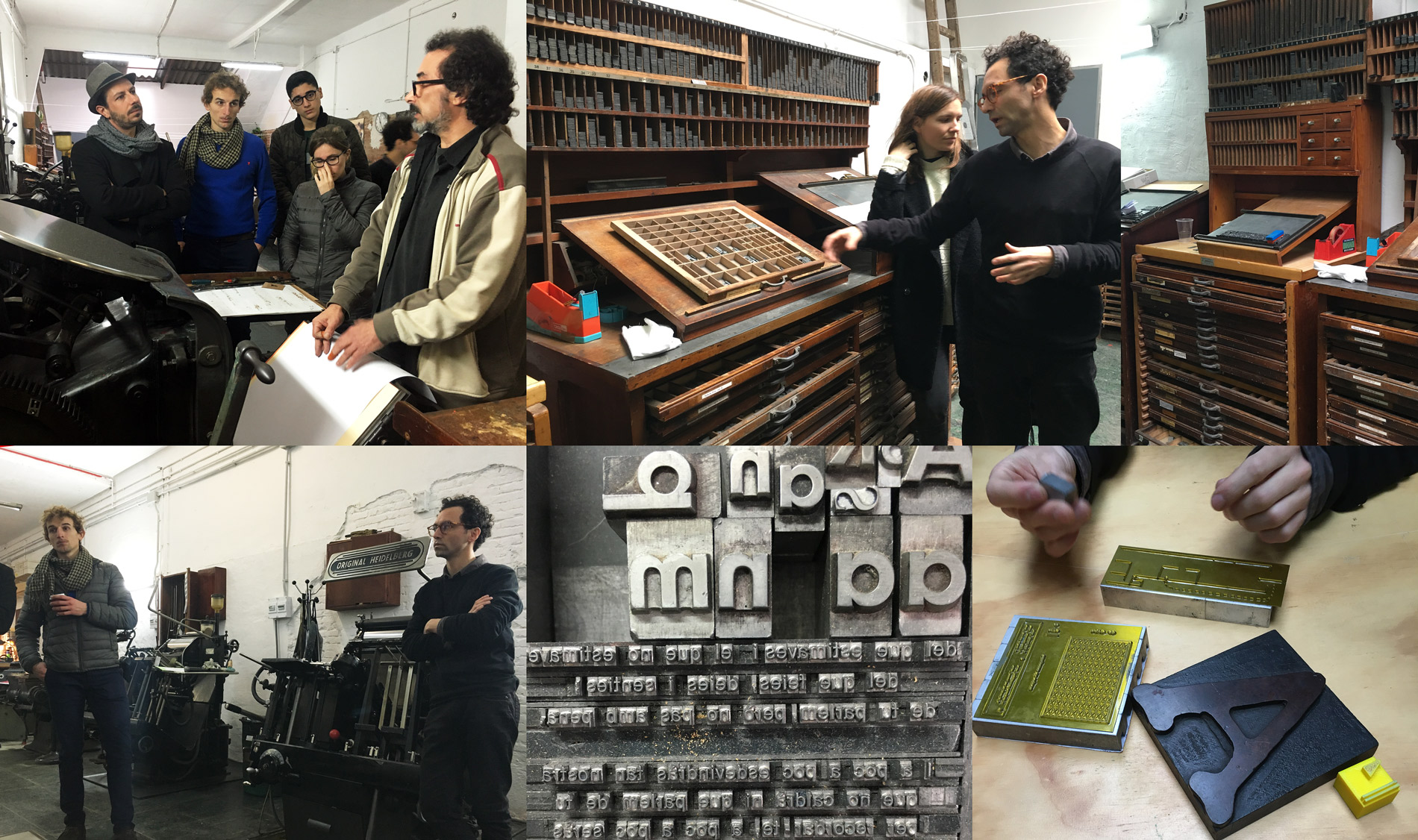
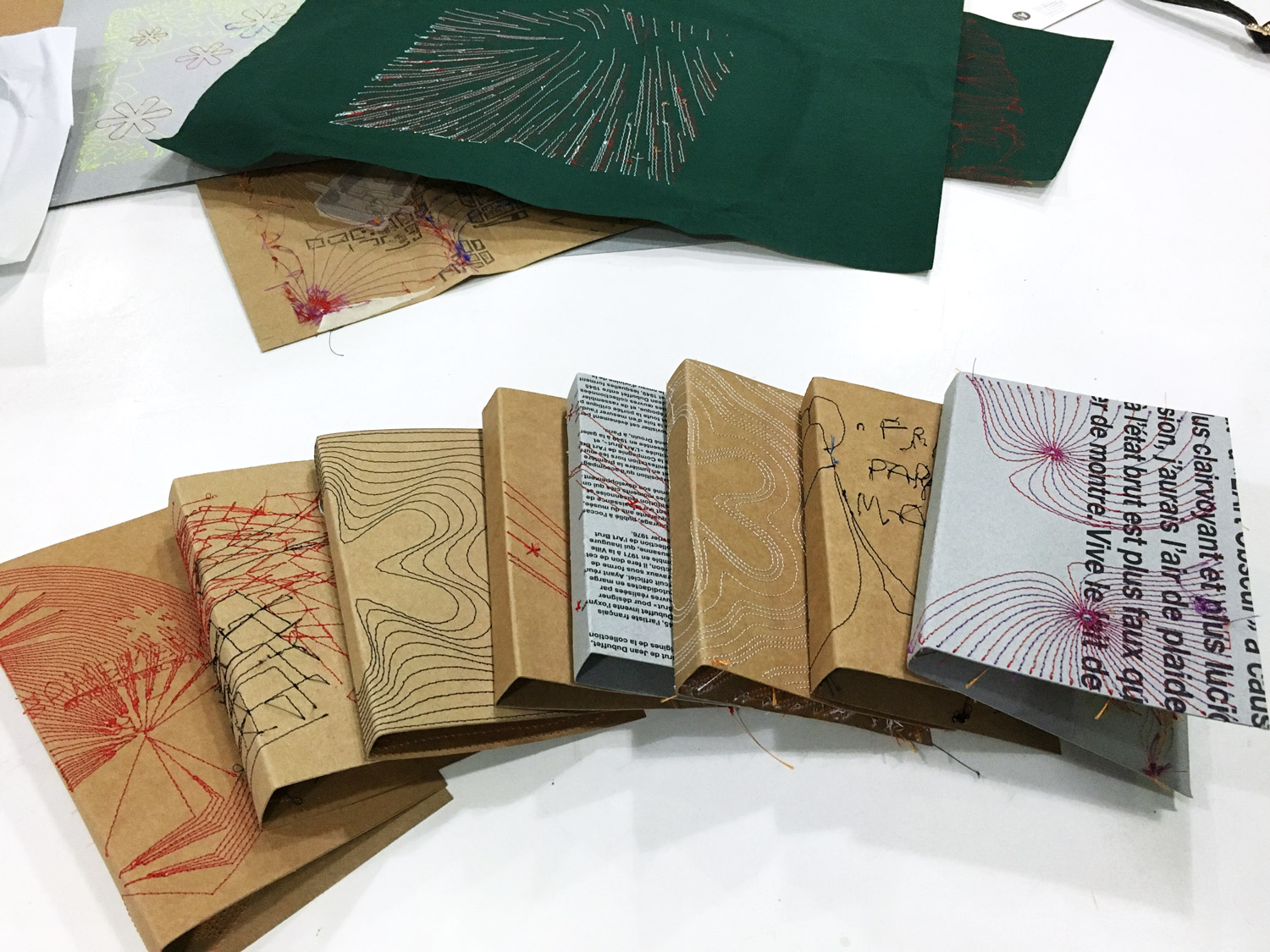


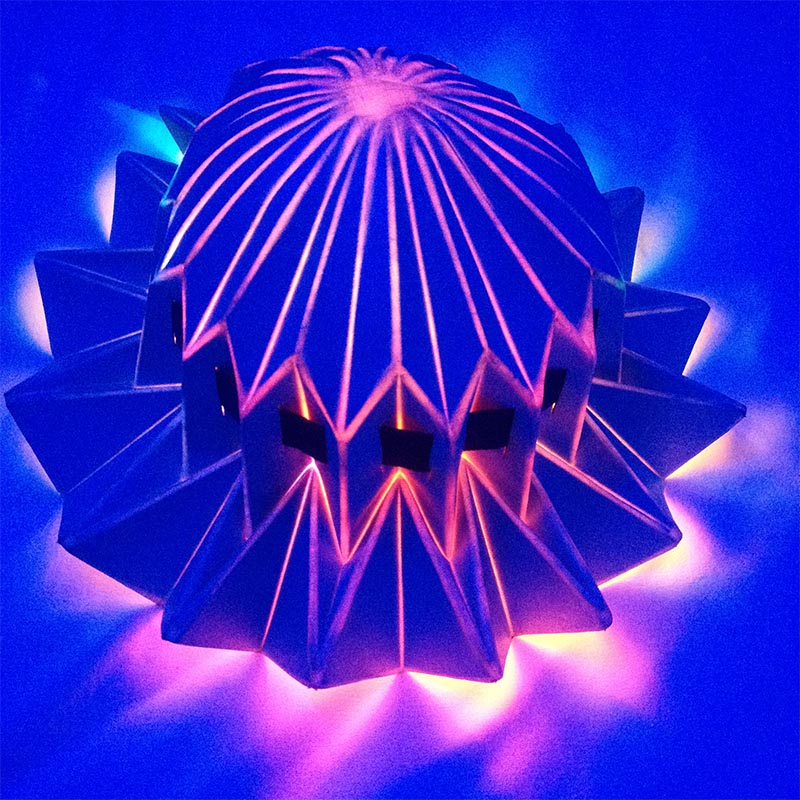

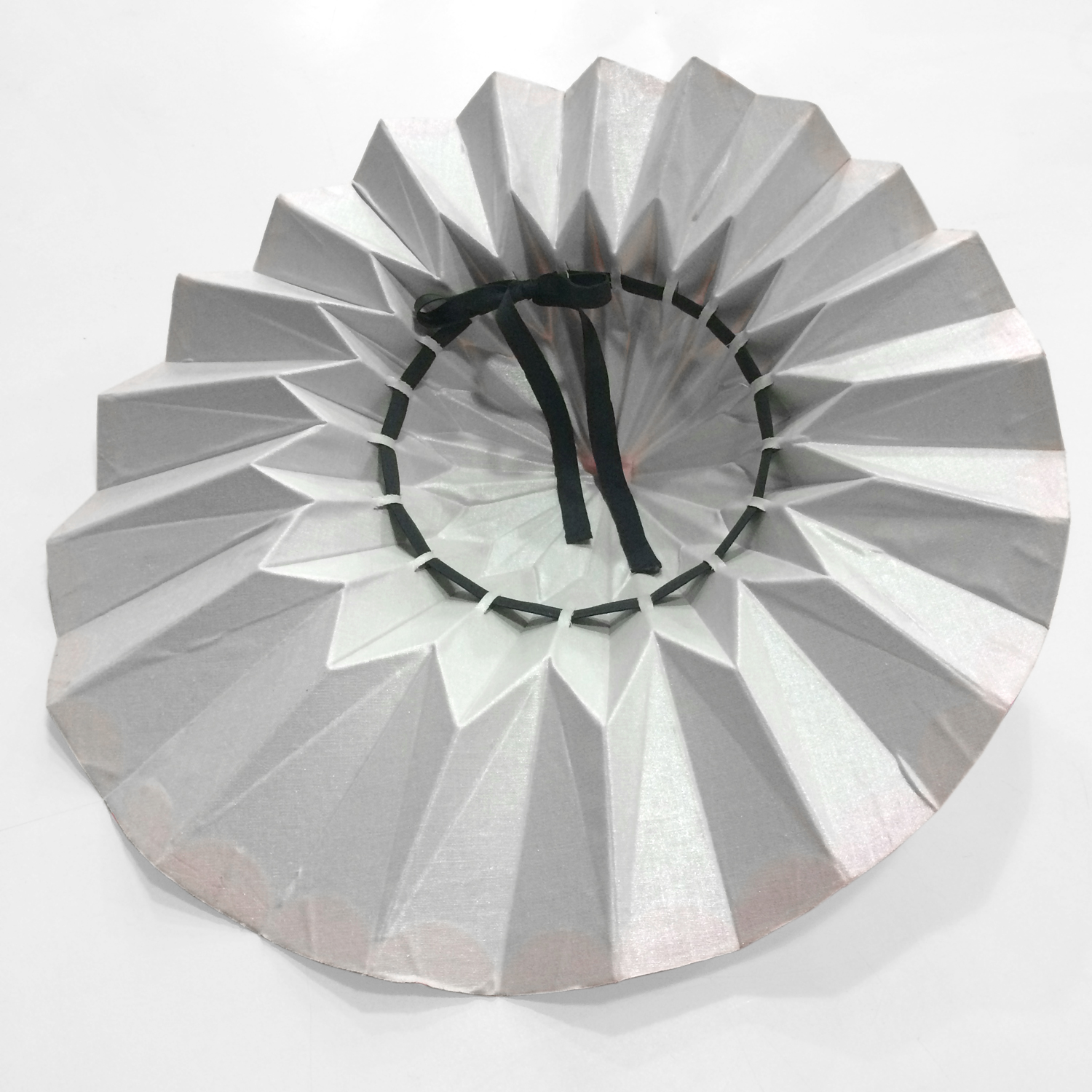

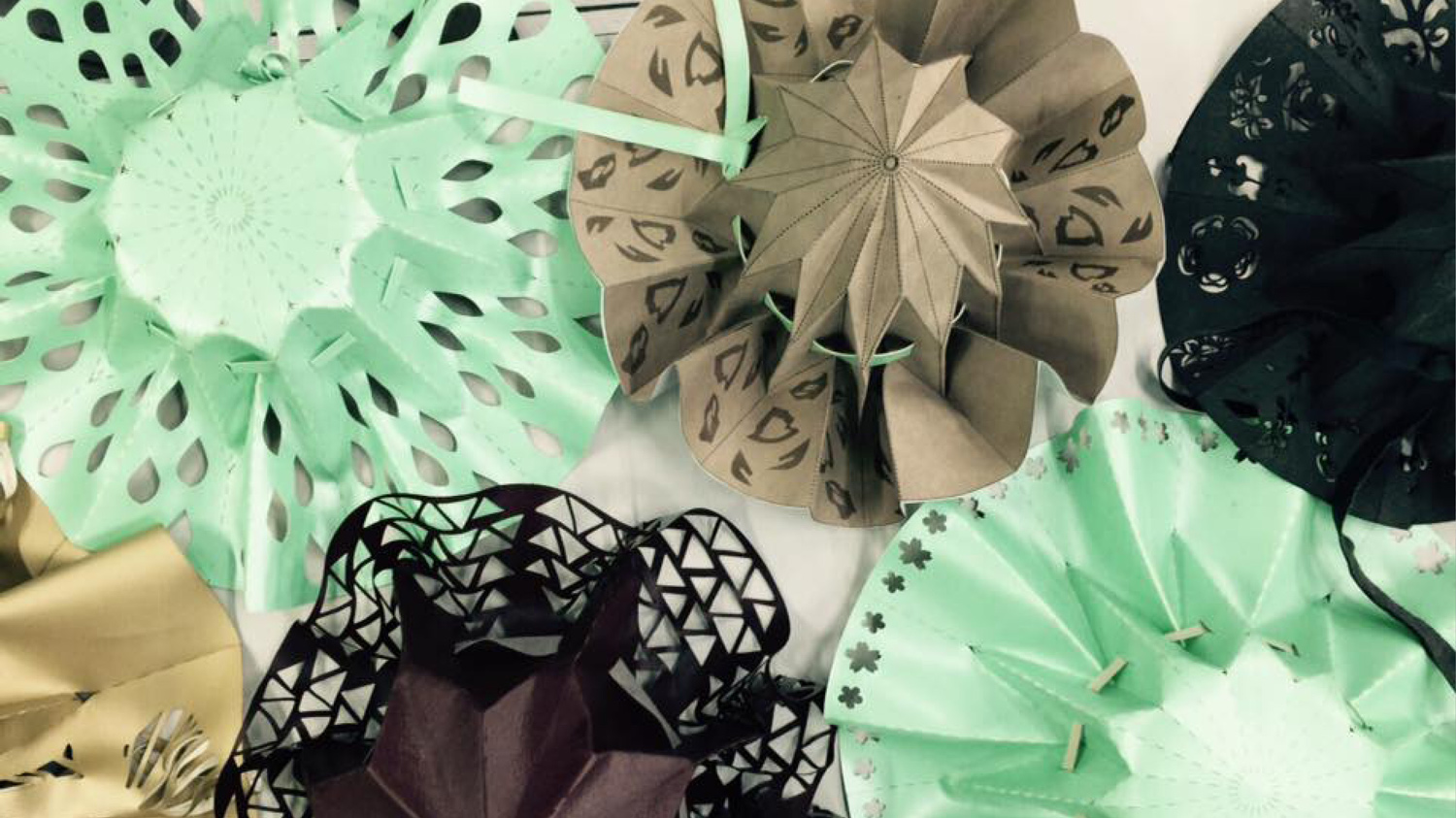
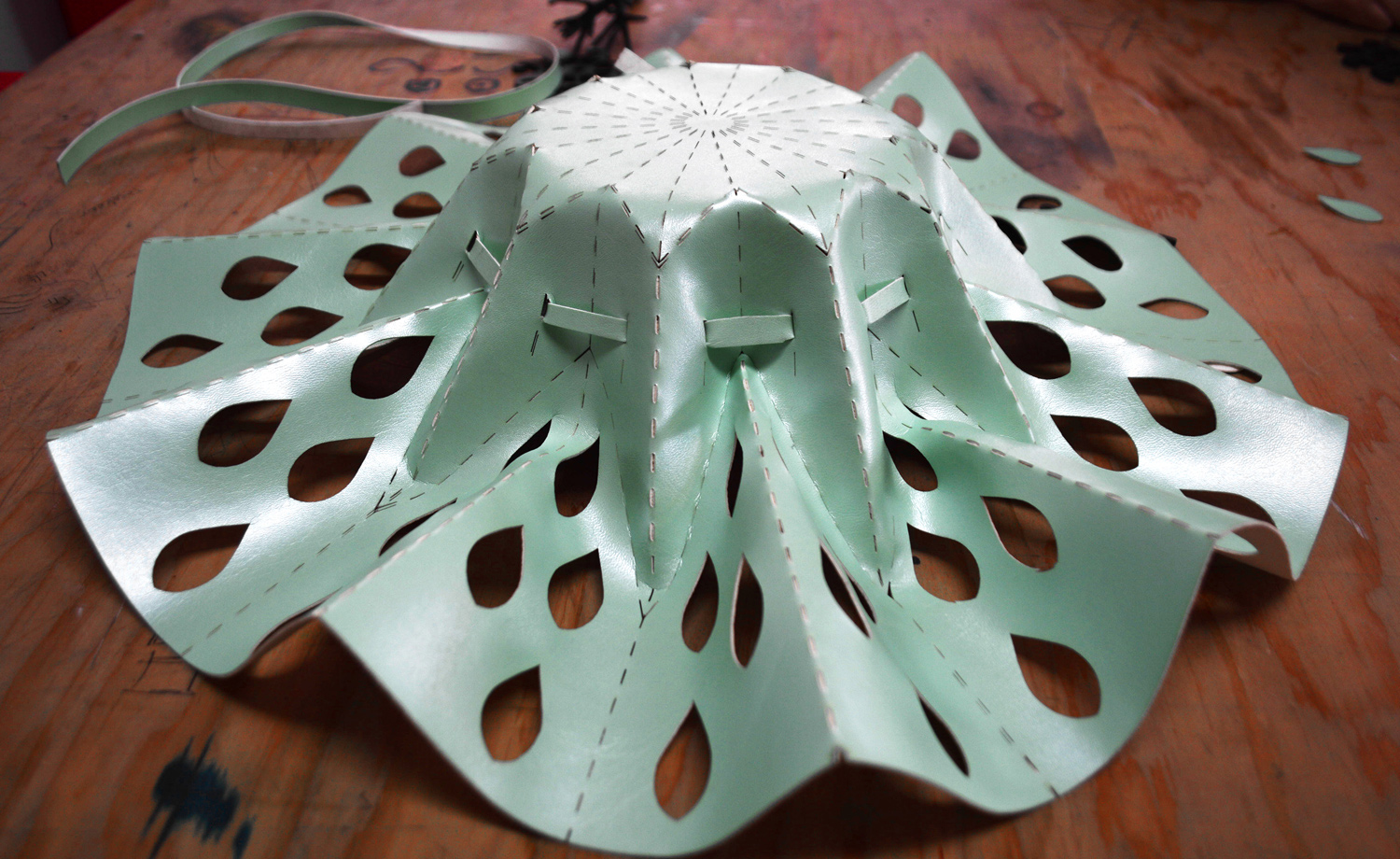
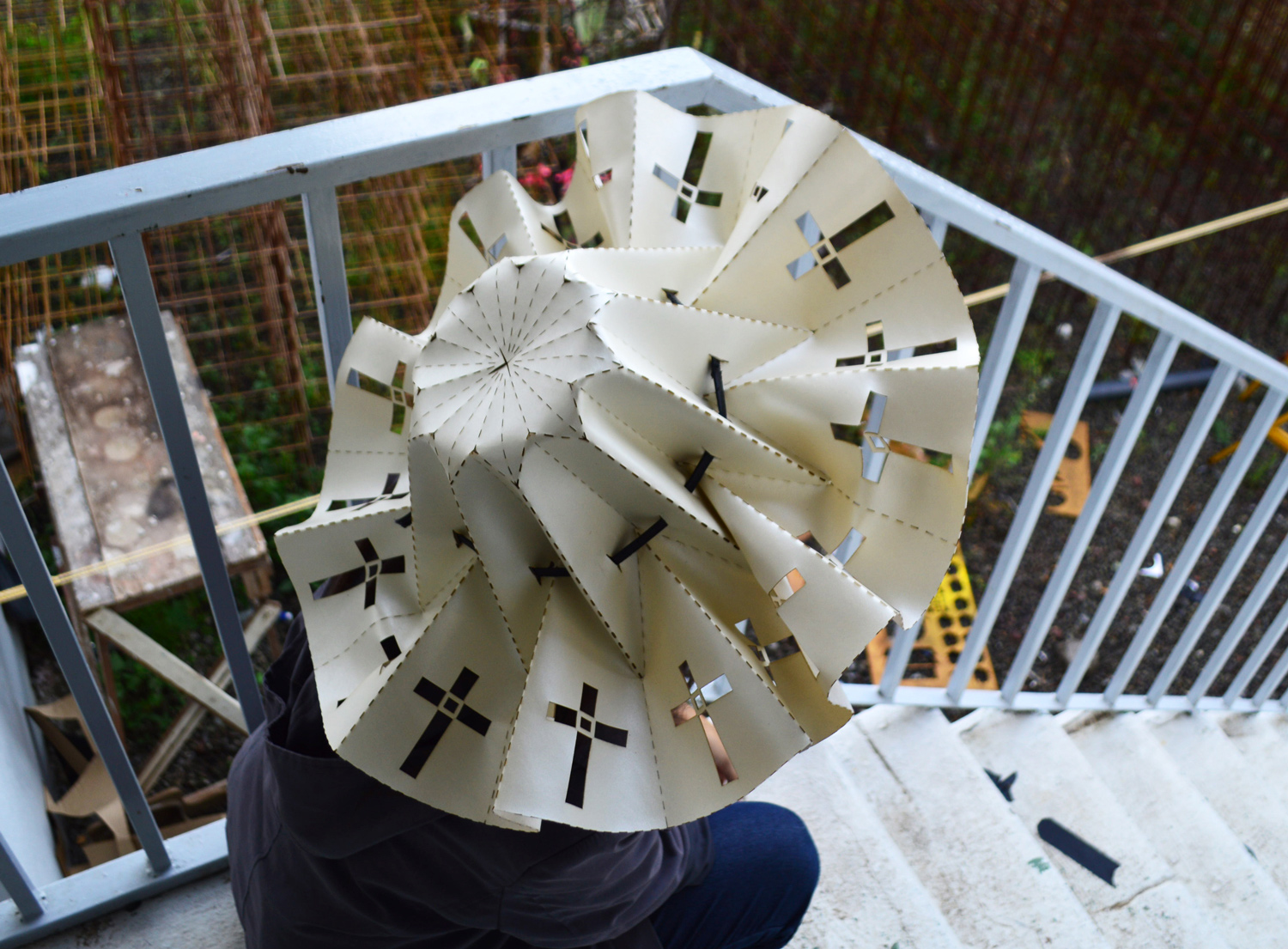
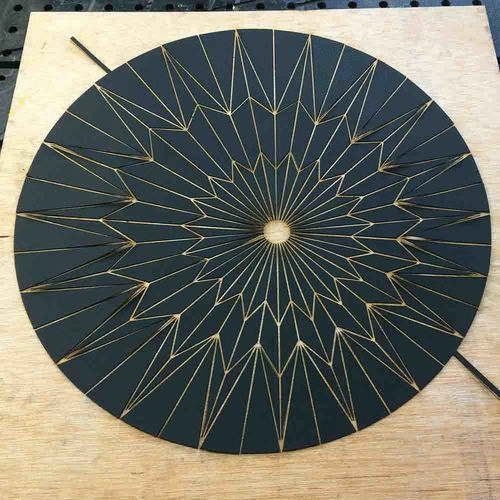

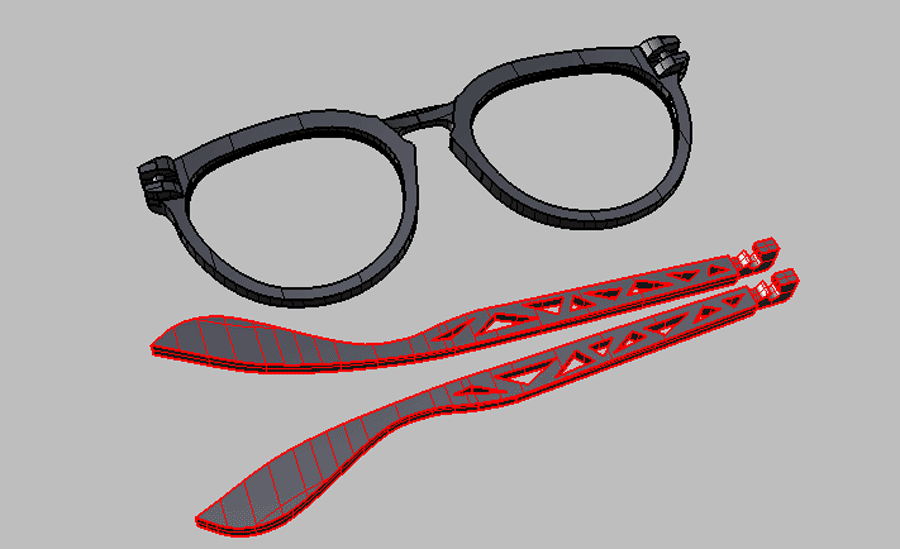
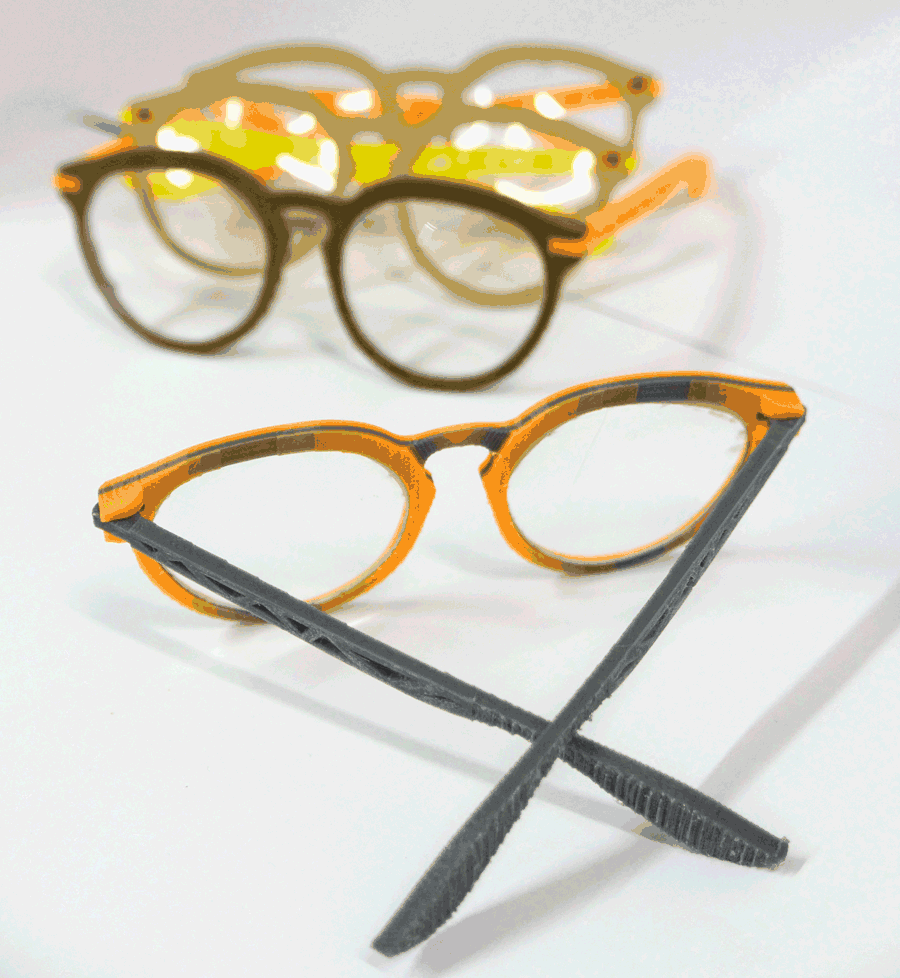
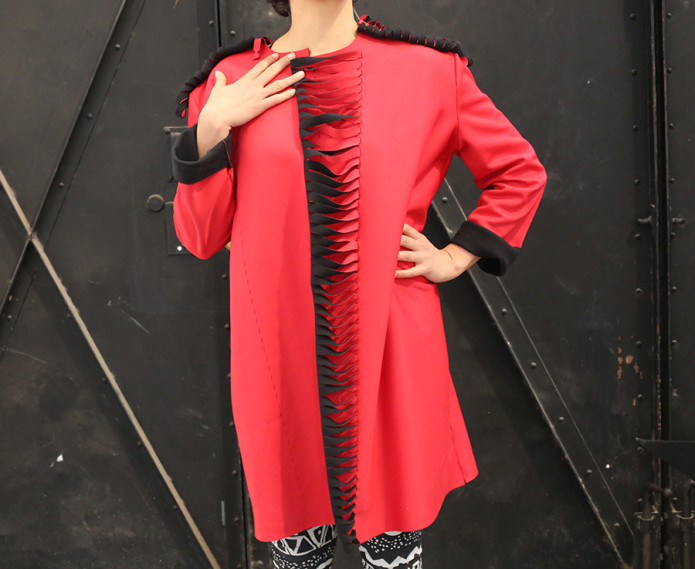






 New forms and ideas in neoprene laser cuts are ready for the new collection.
New forms and ideas in neoprene laser cuts are ready for the new collection.



























